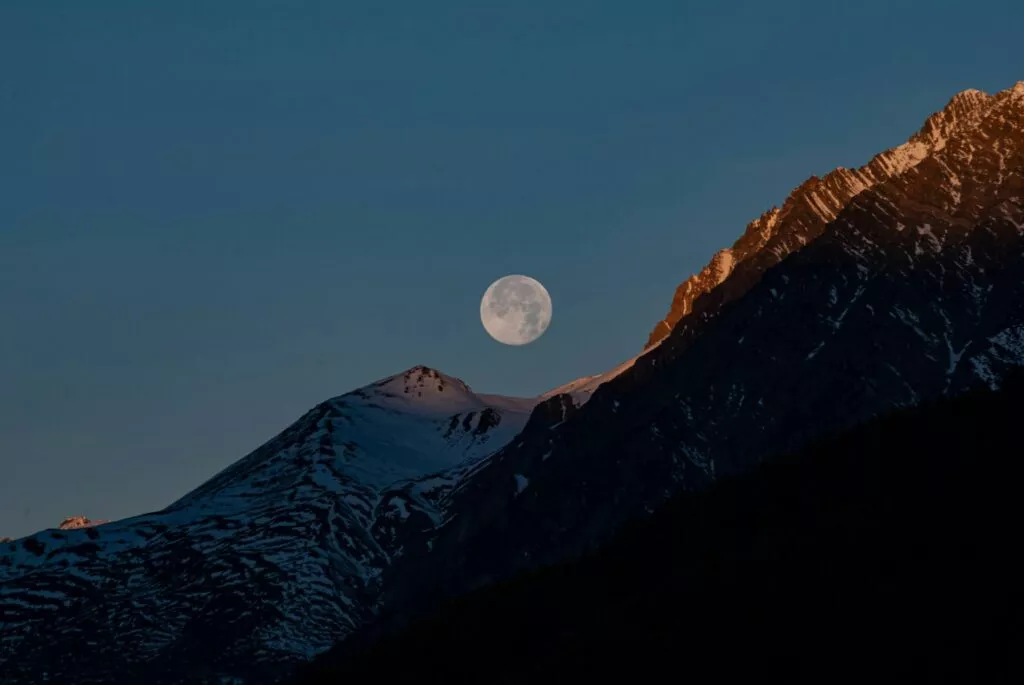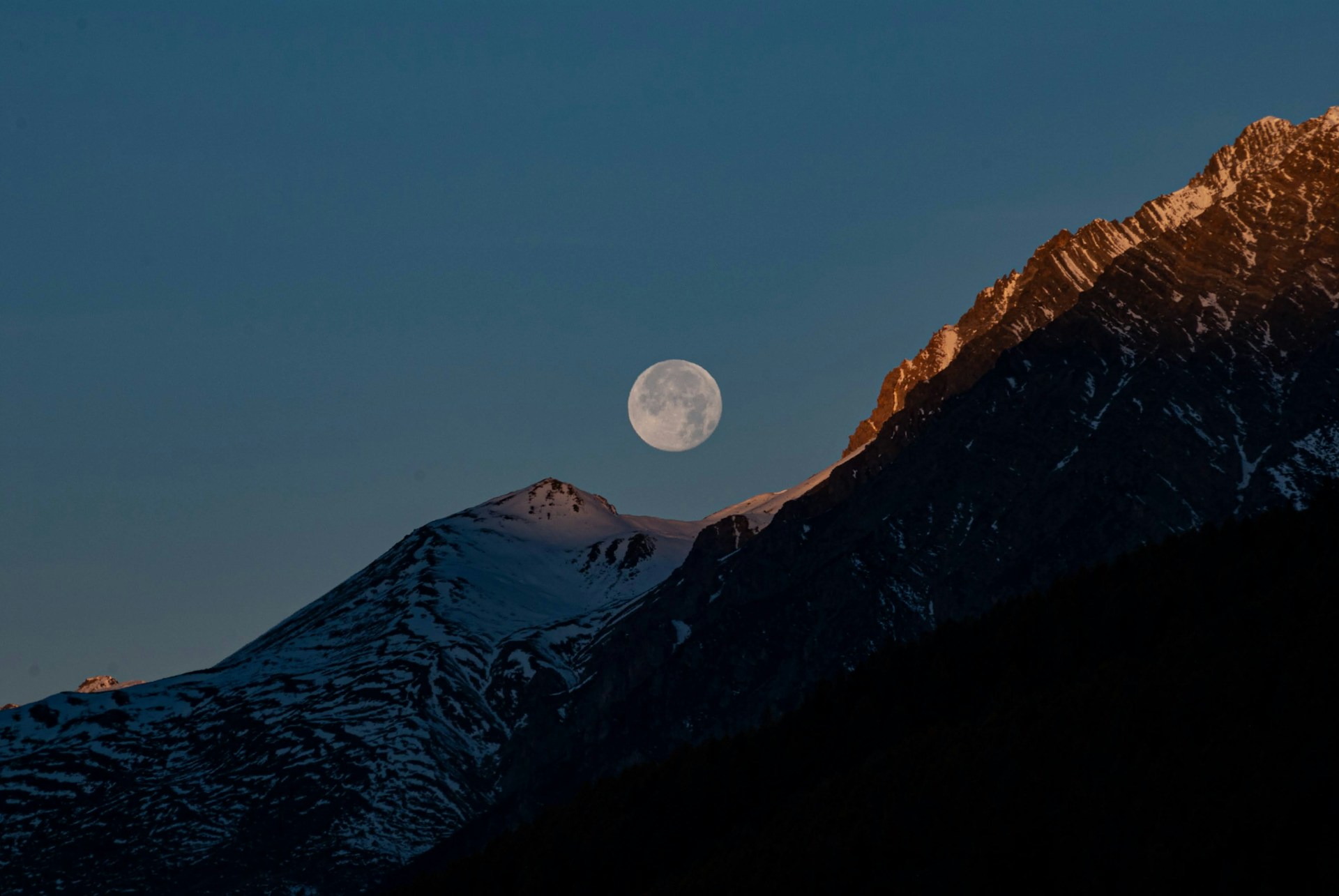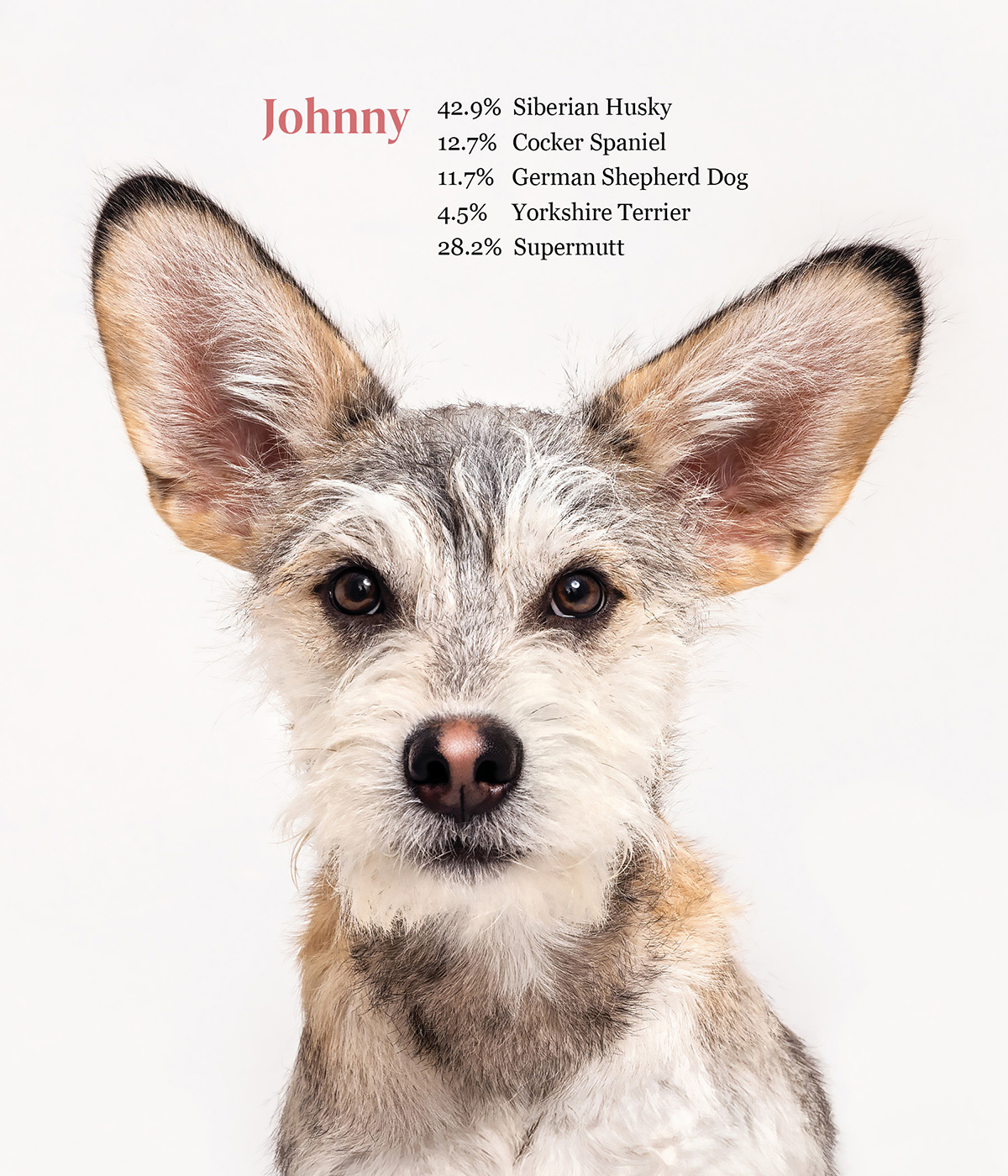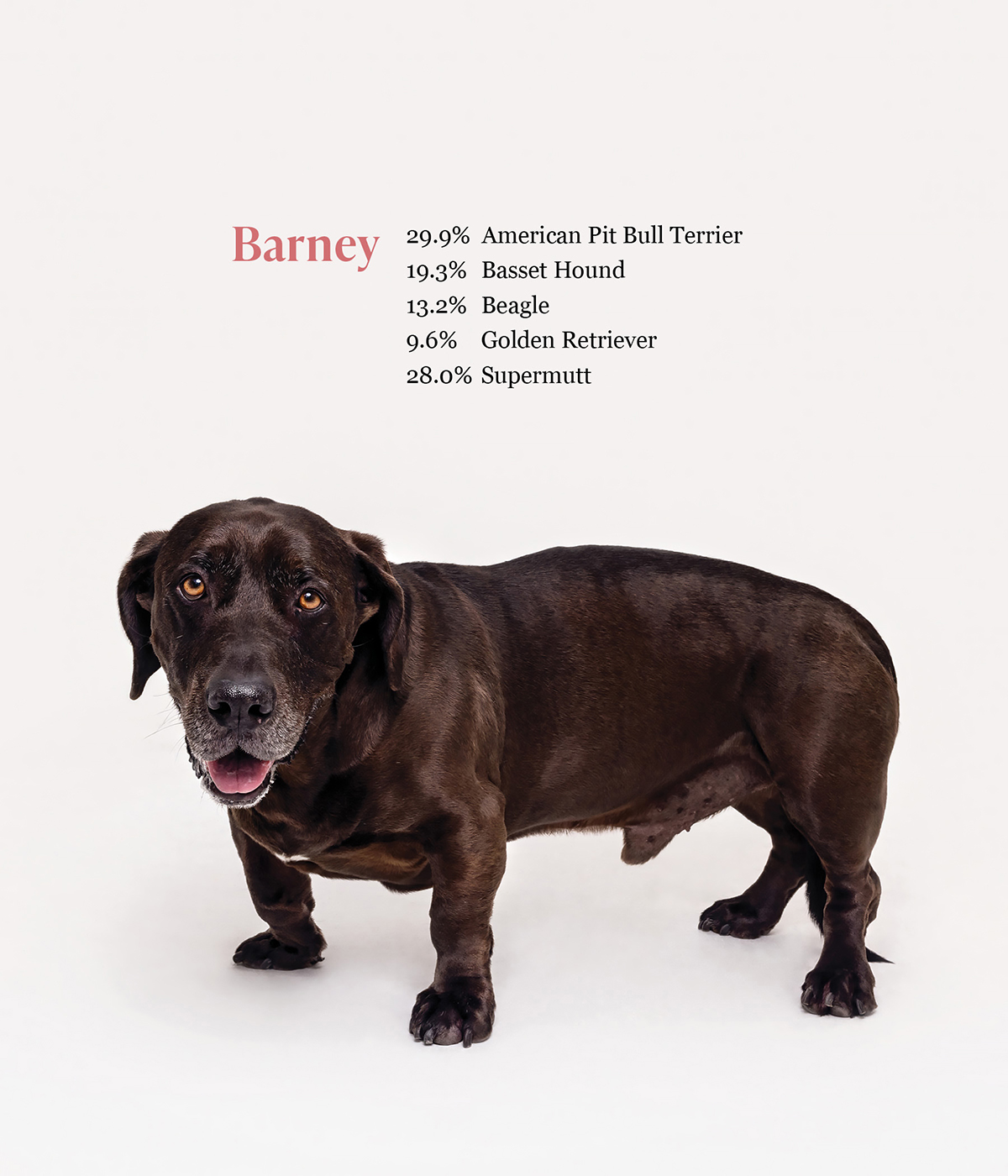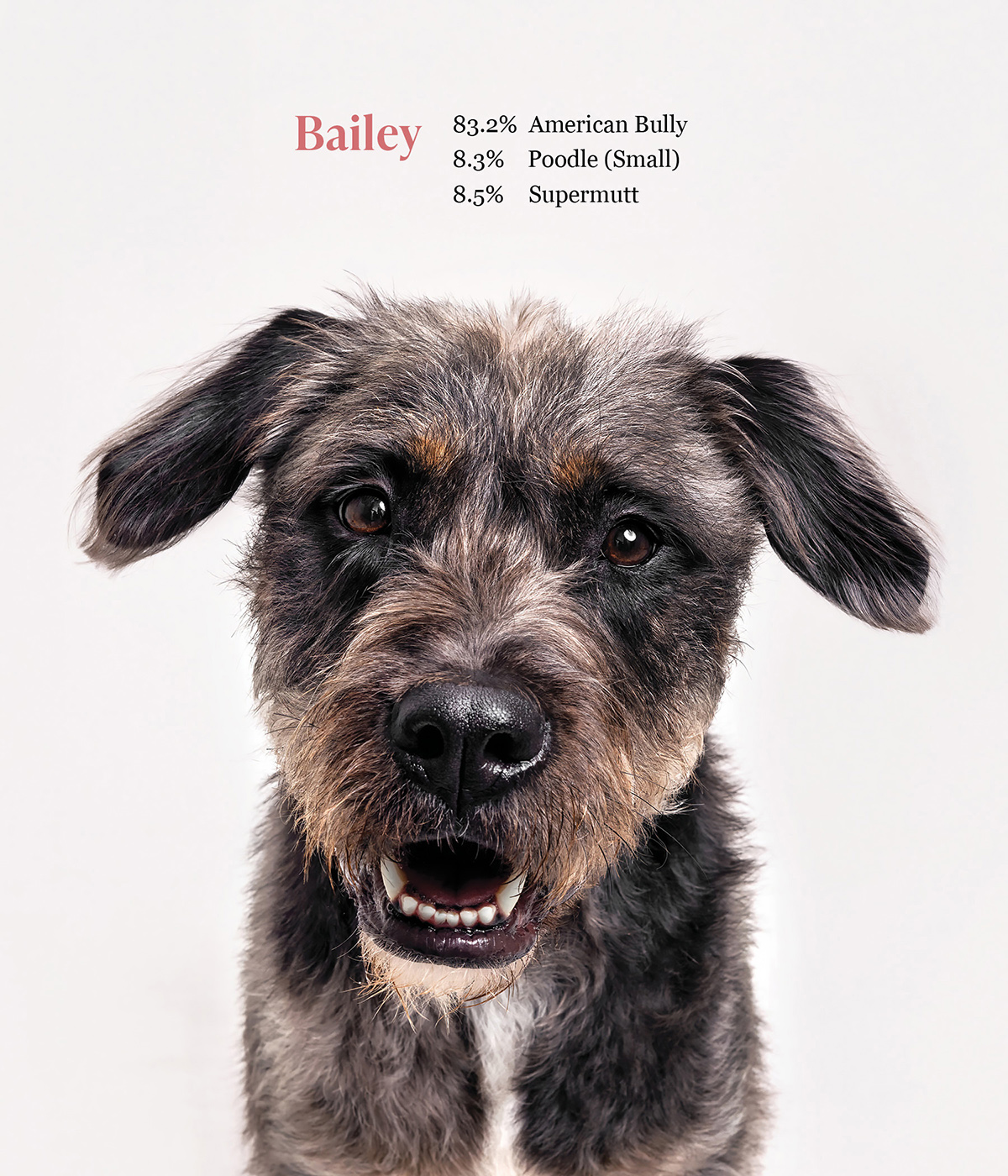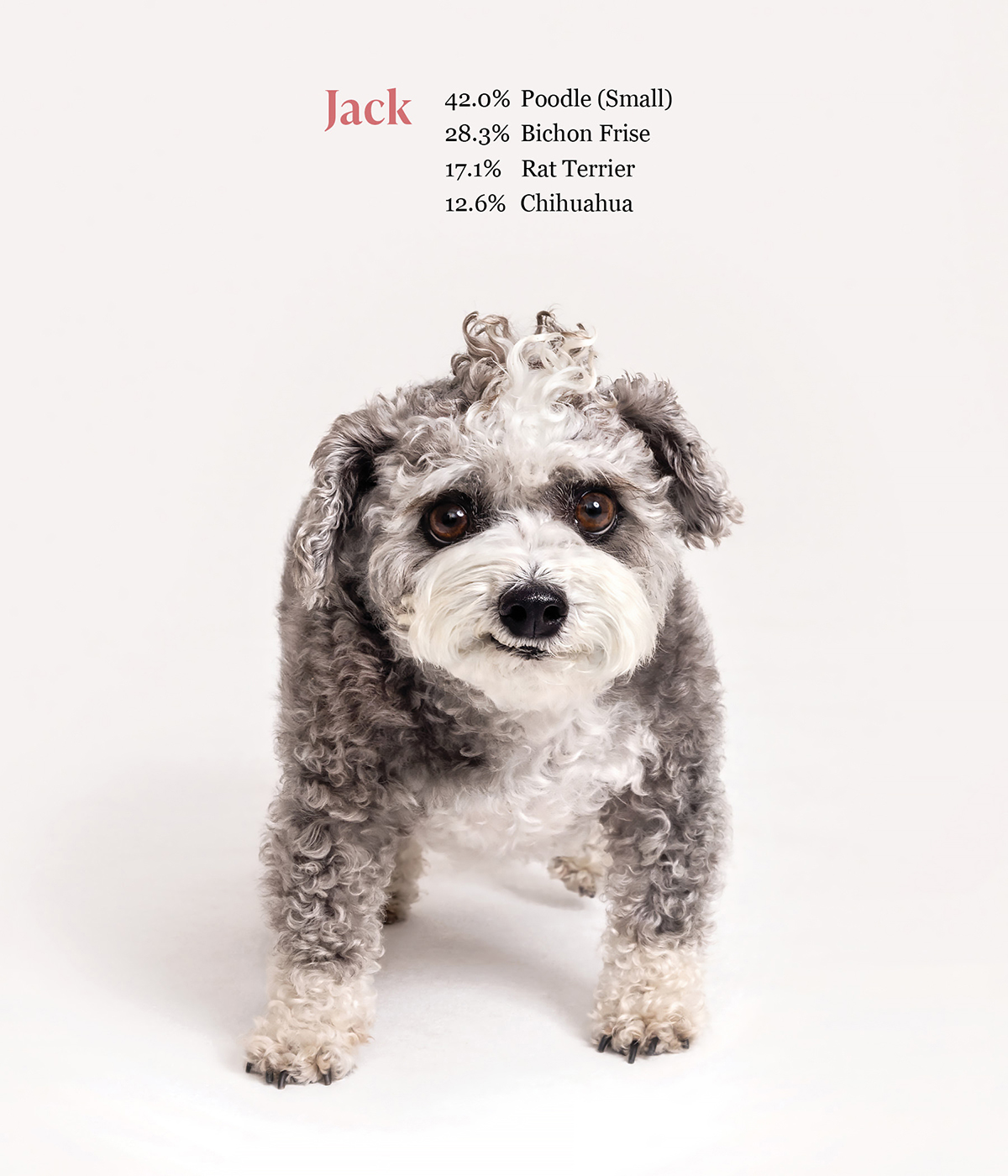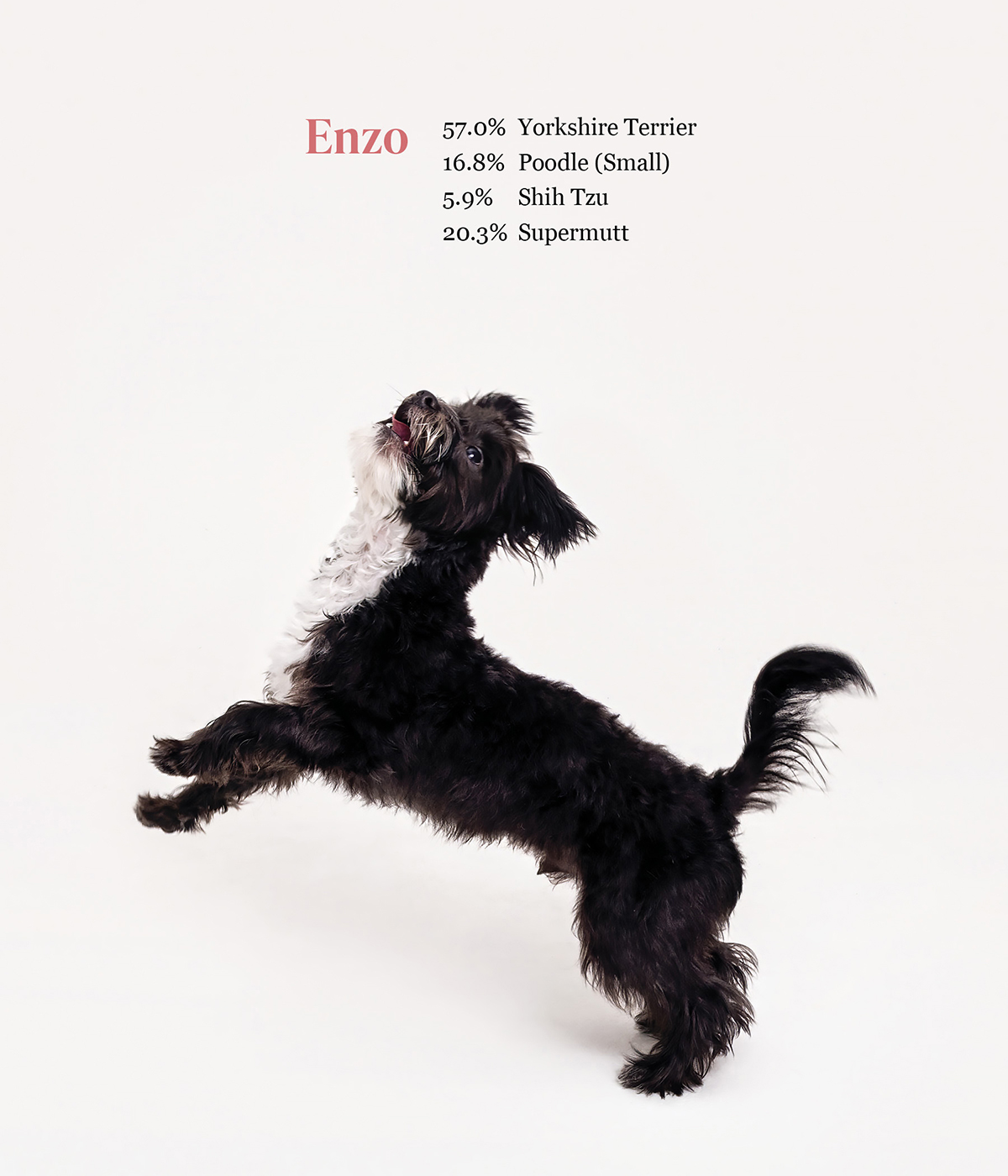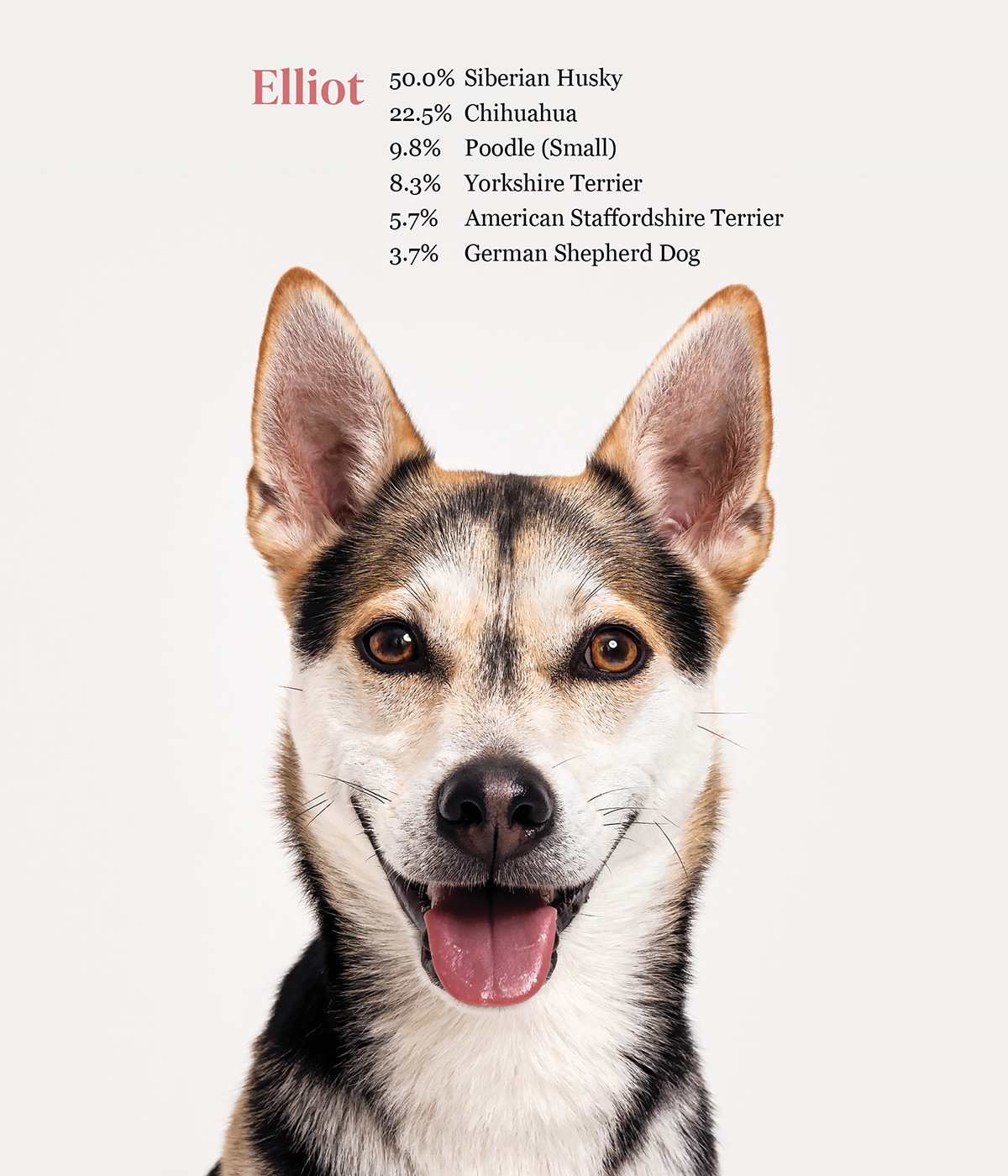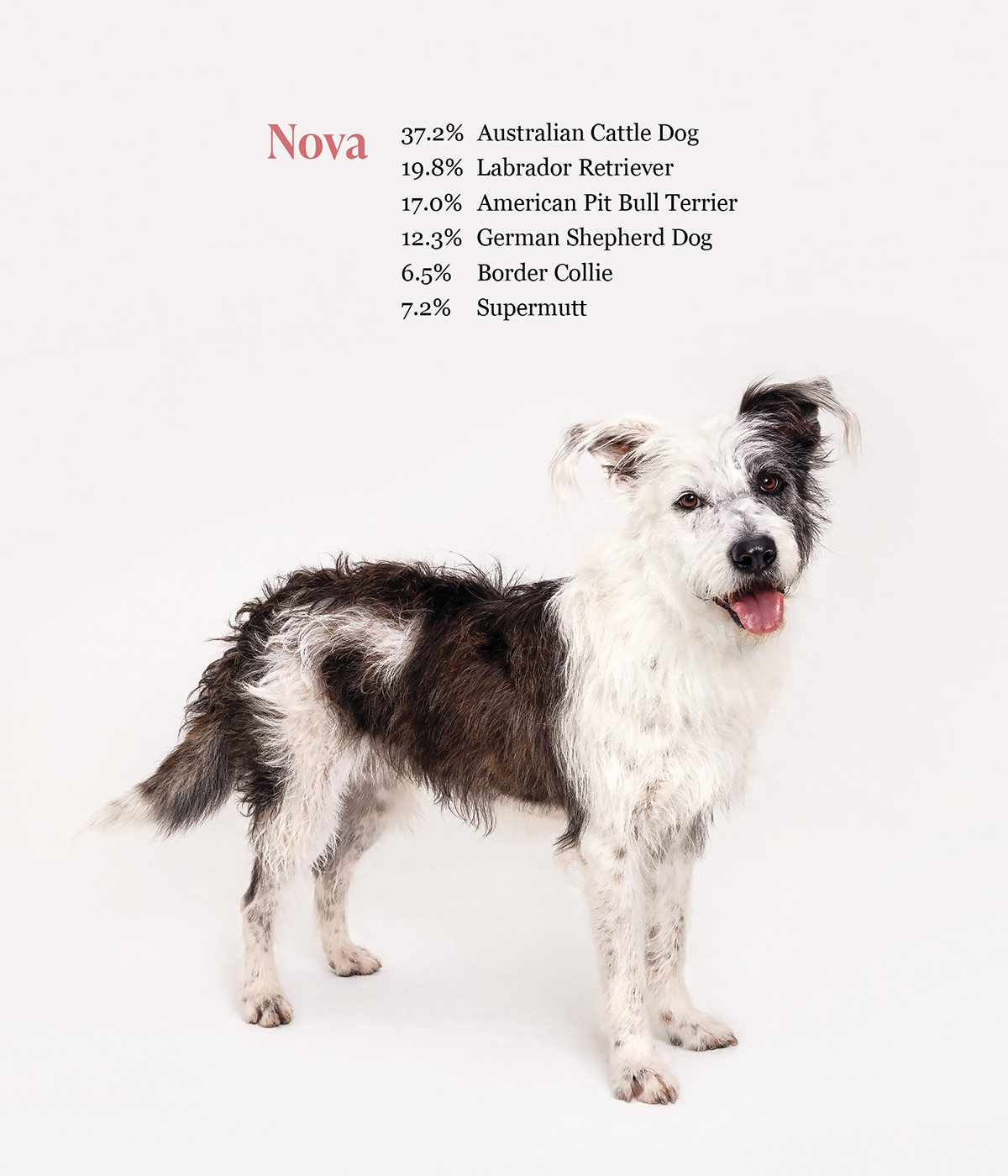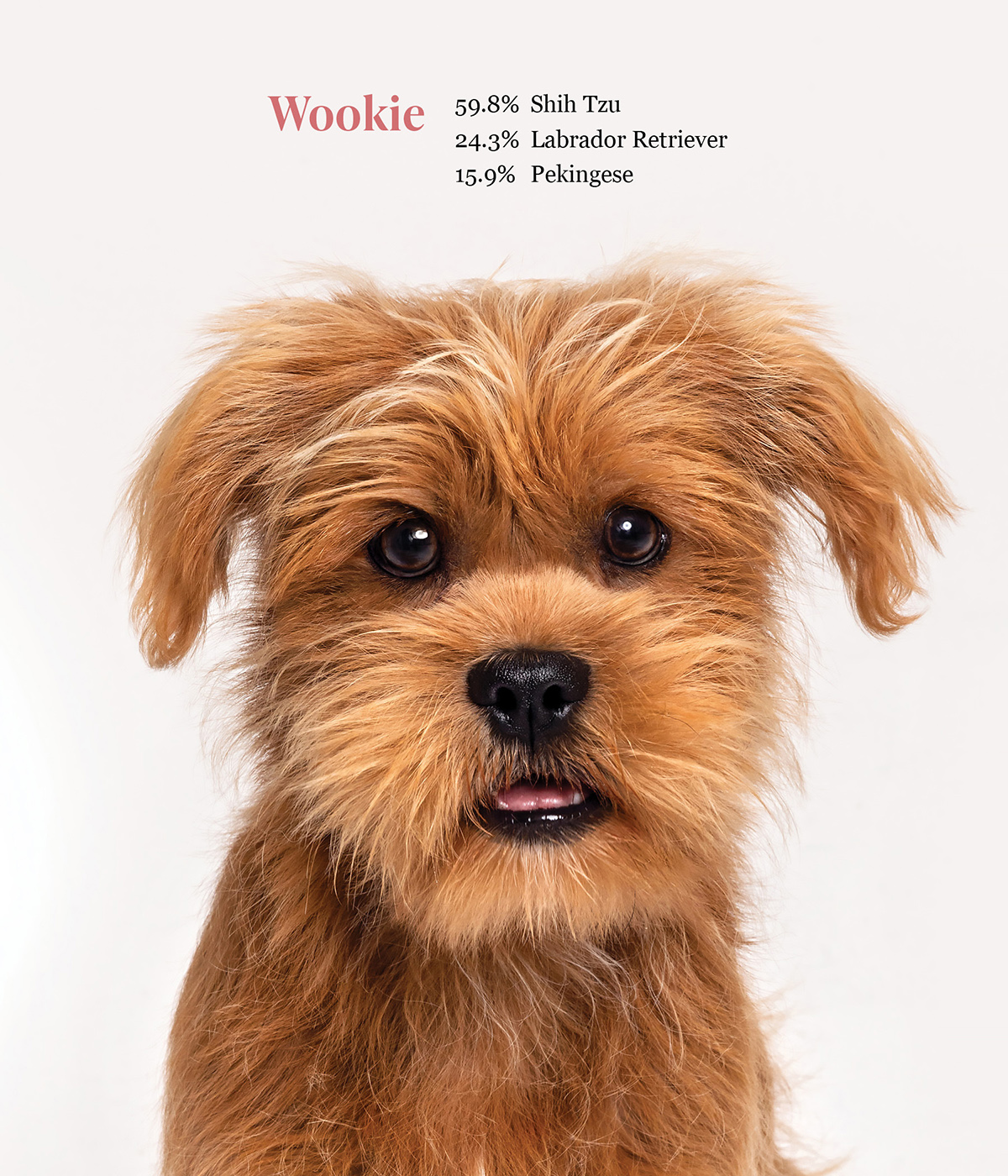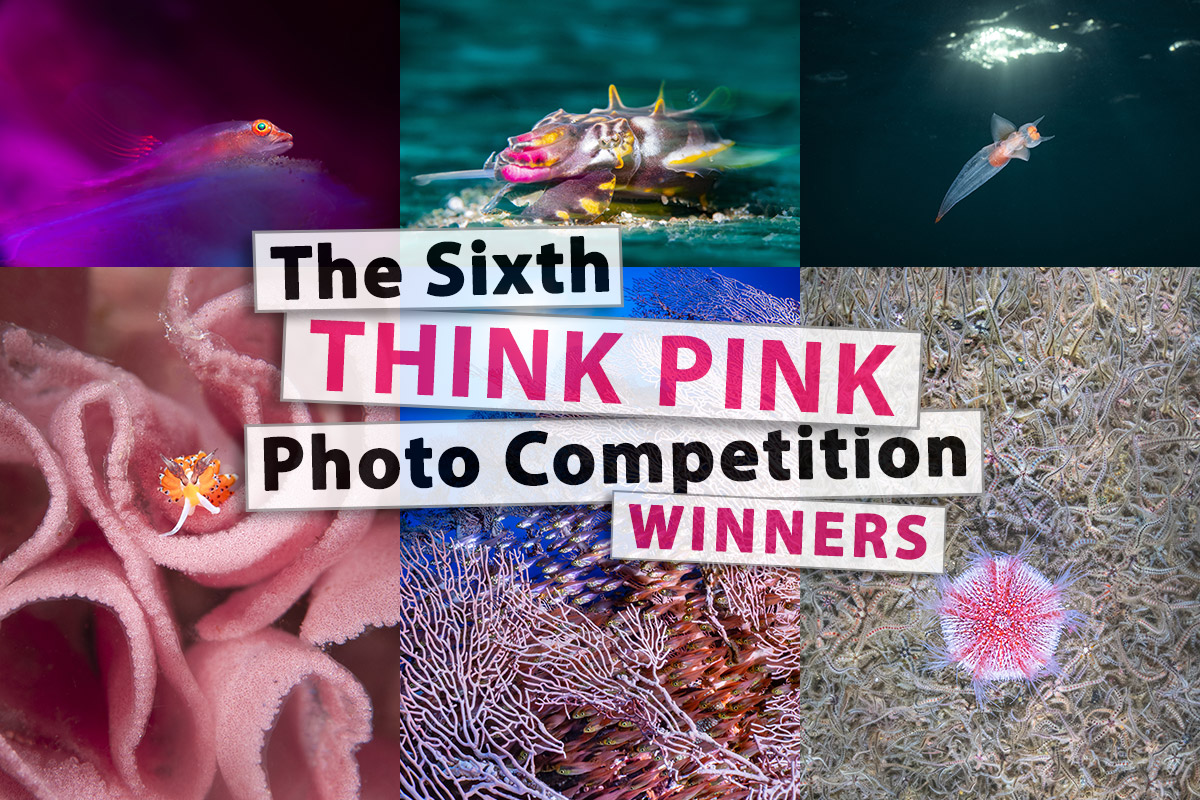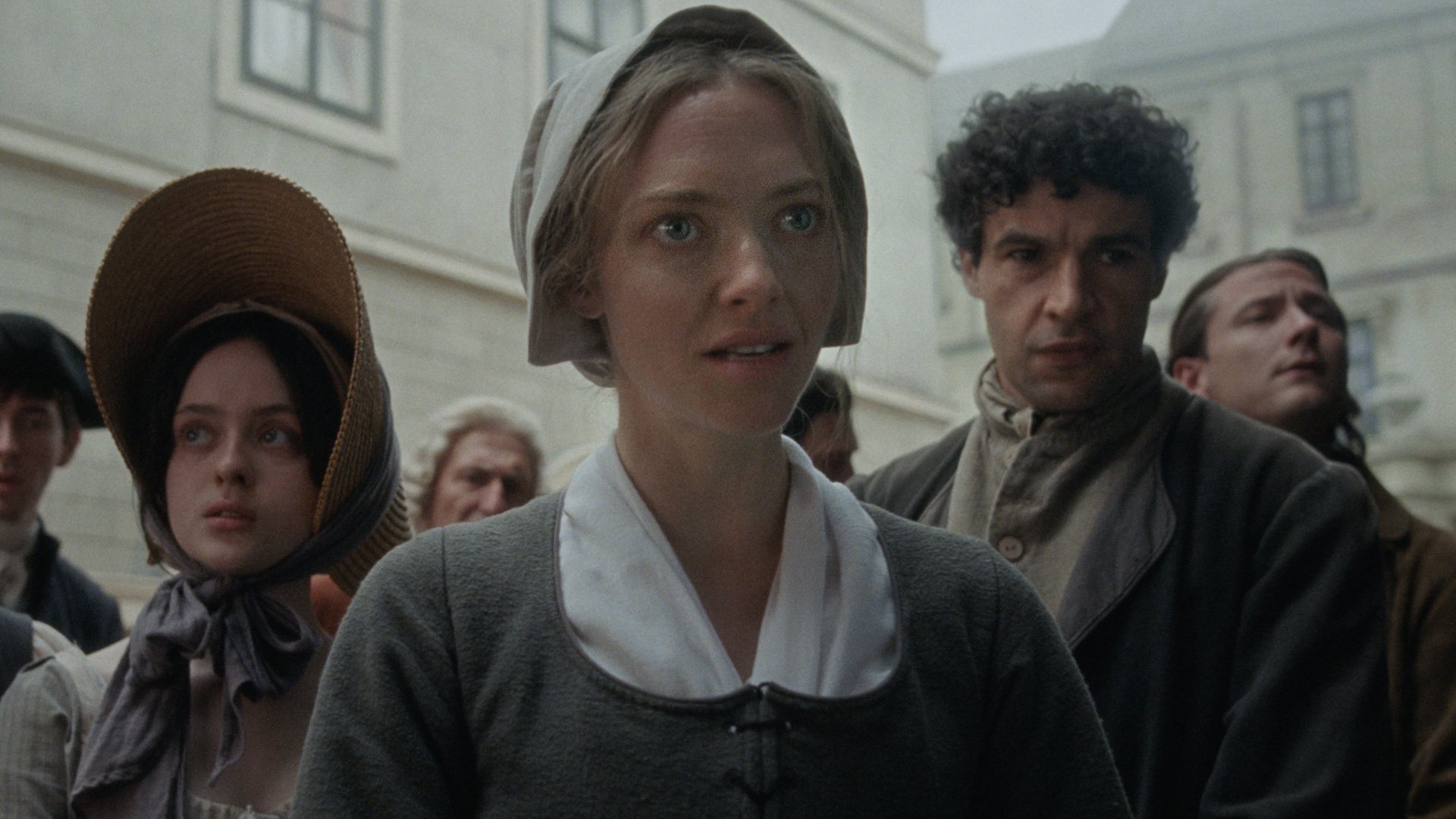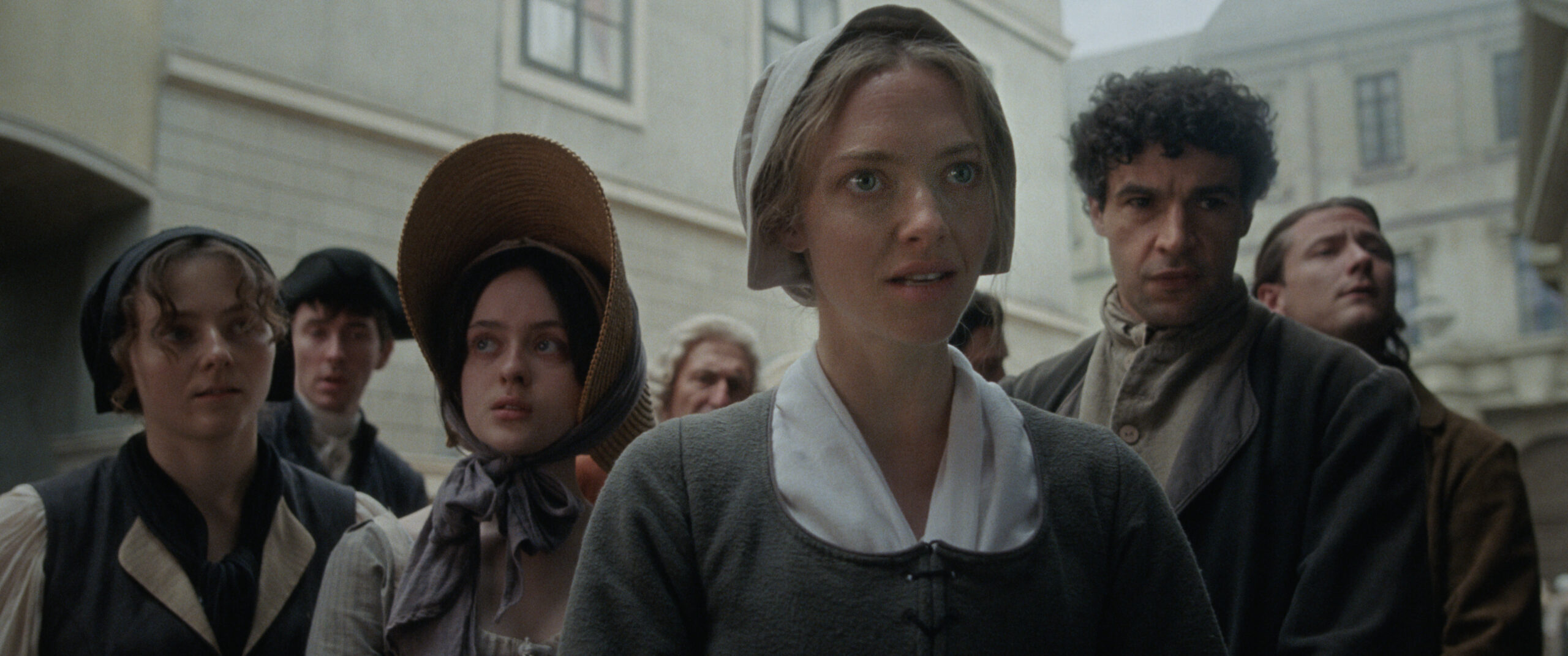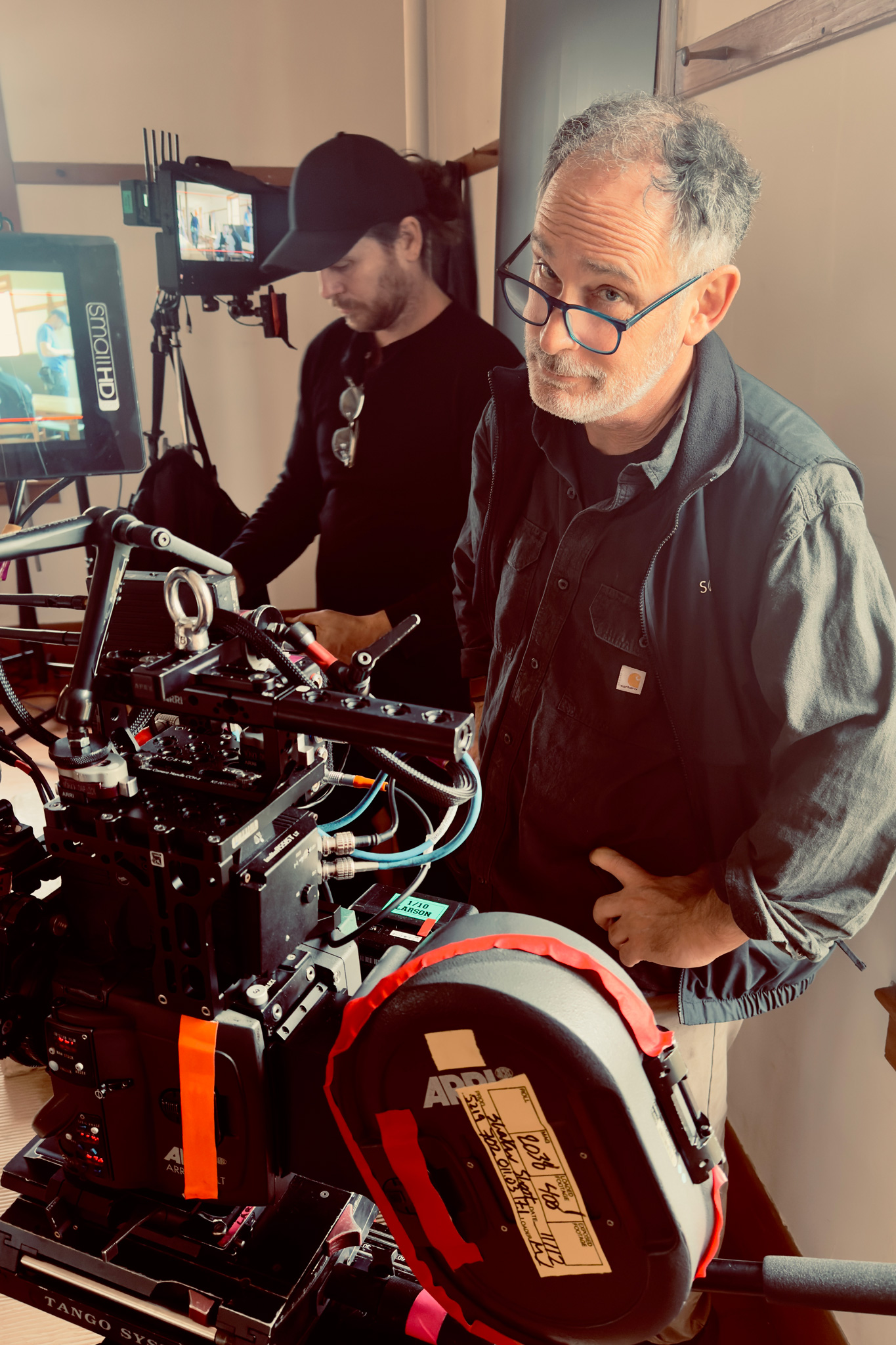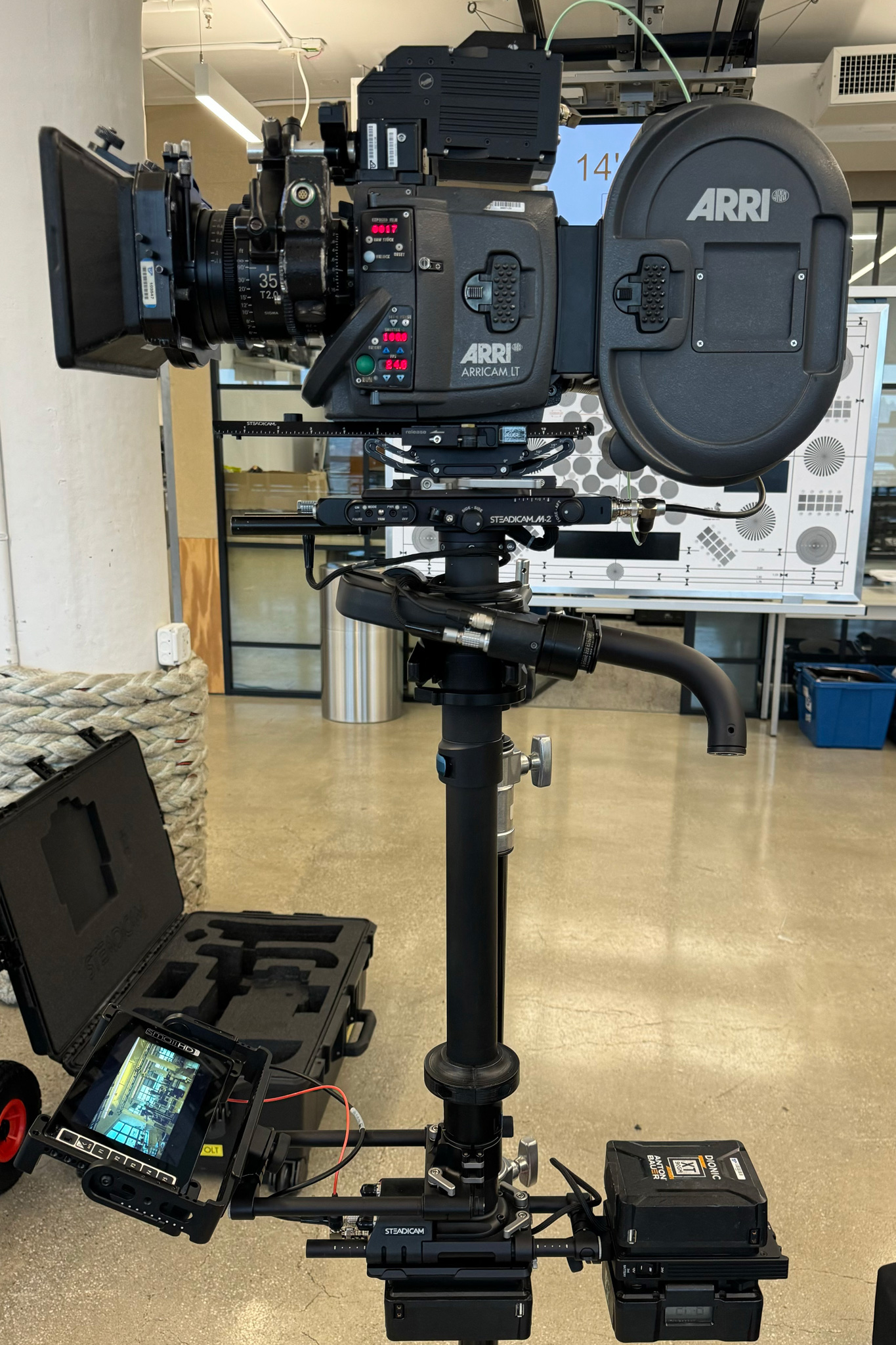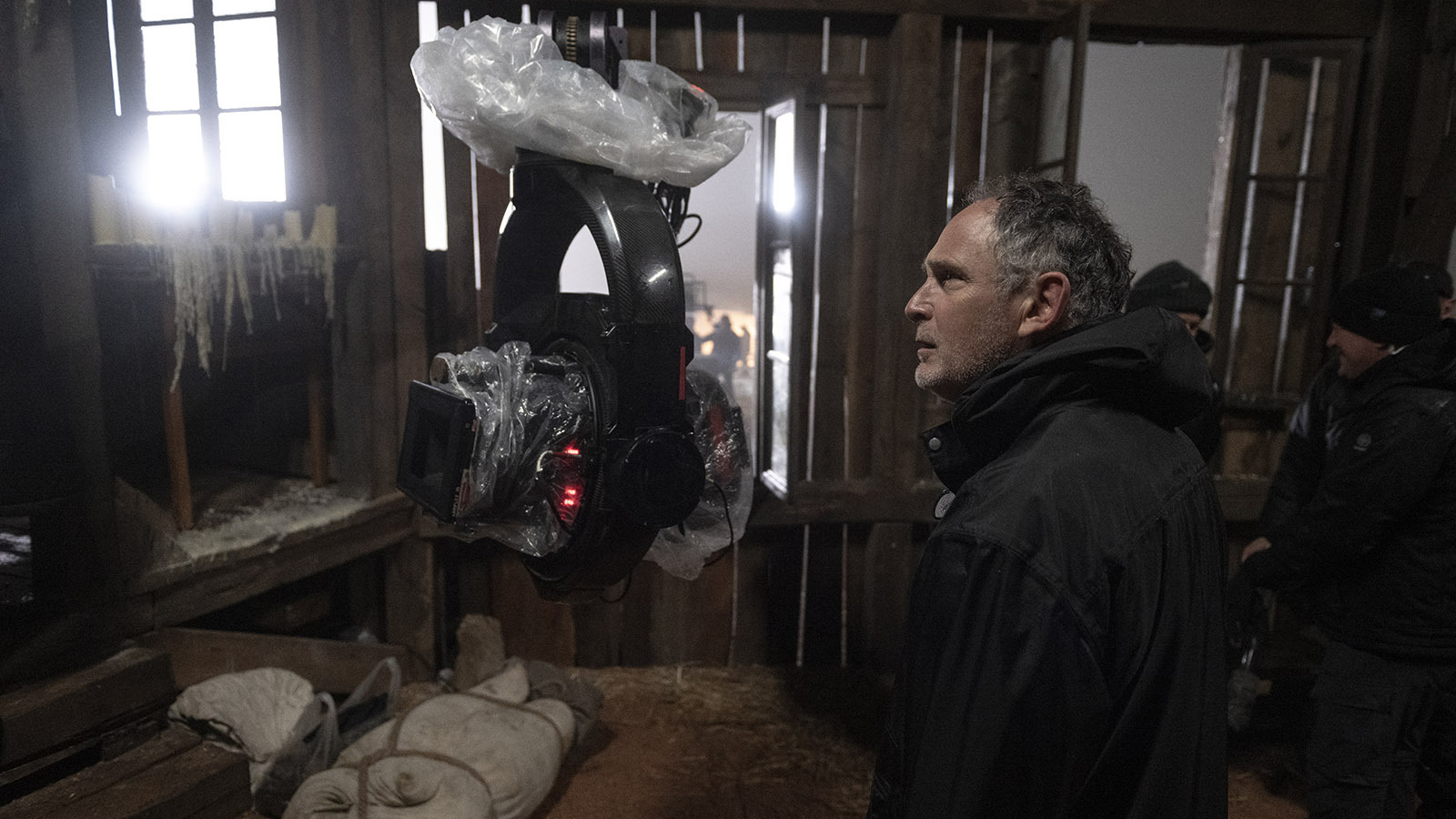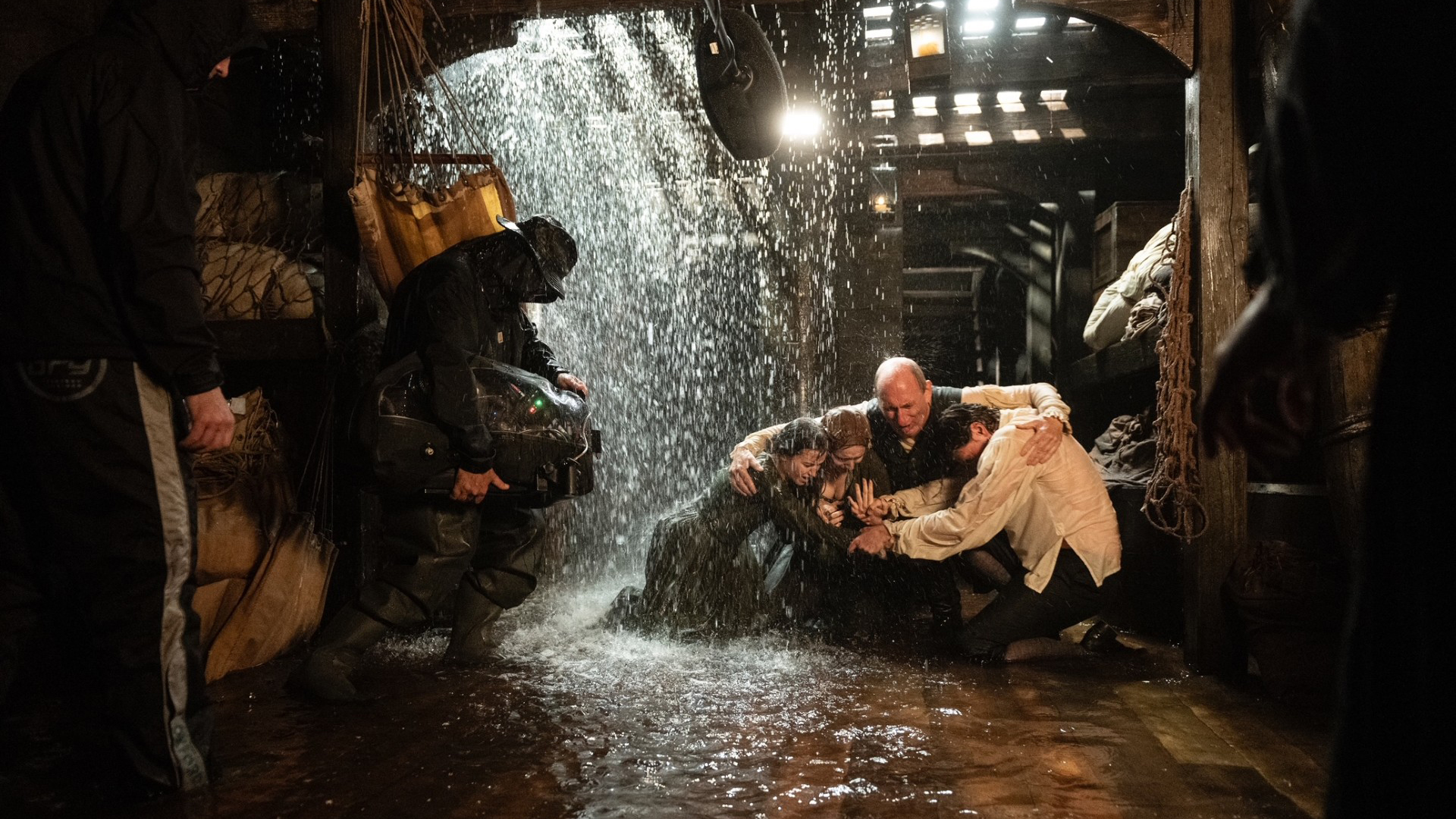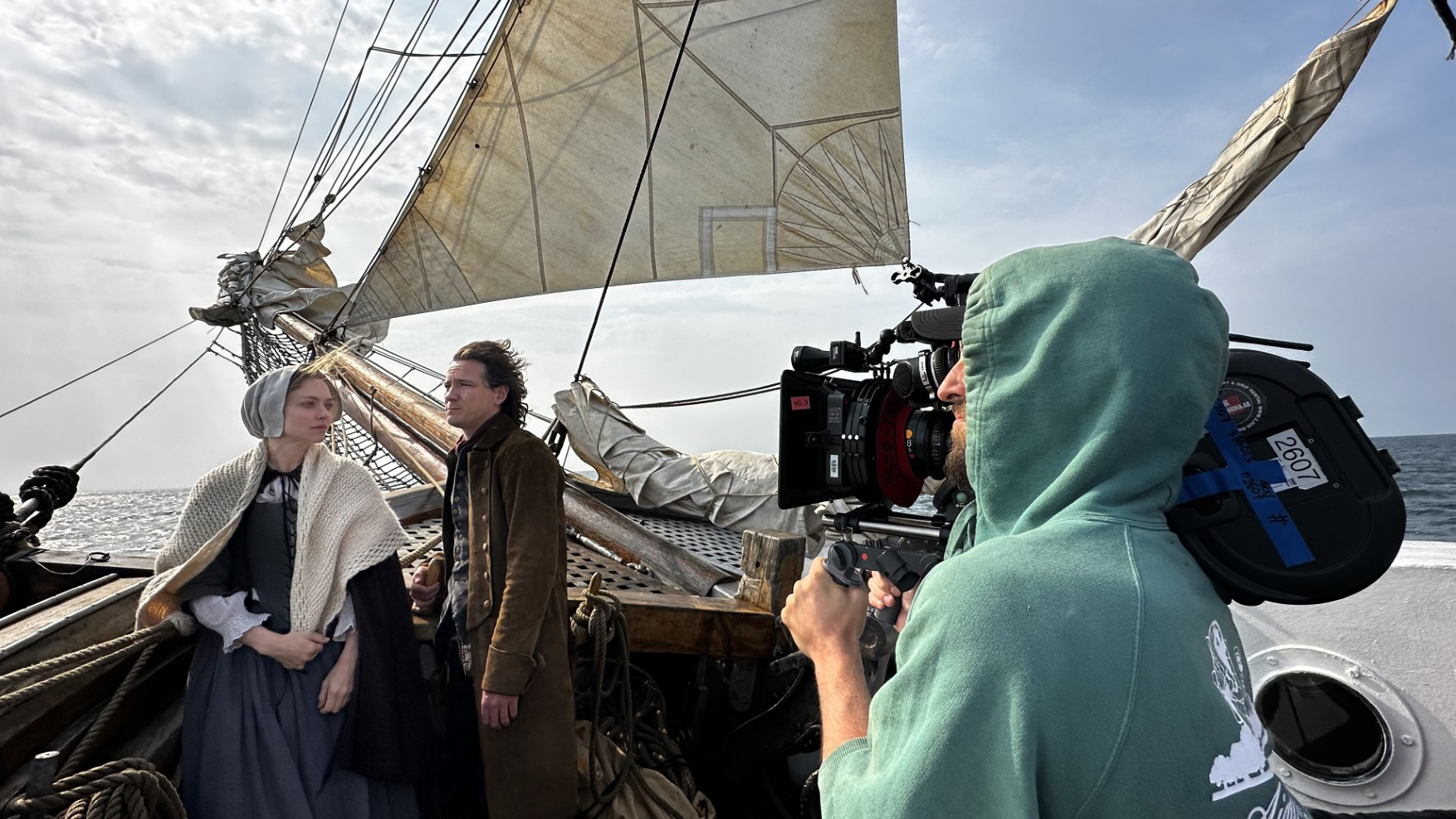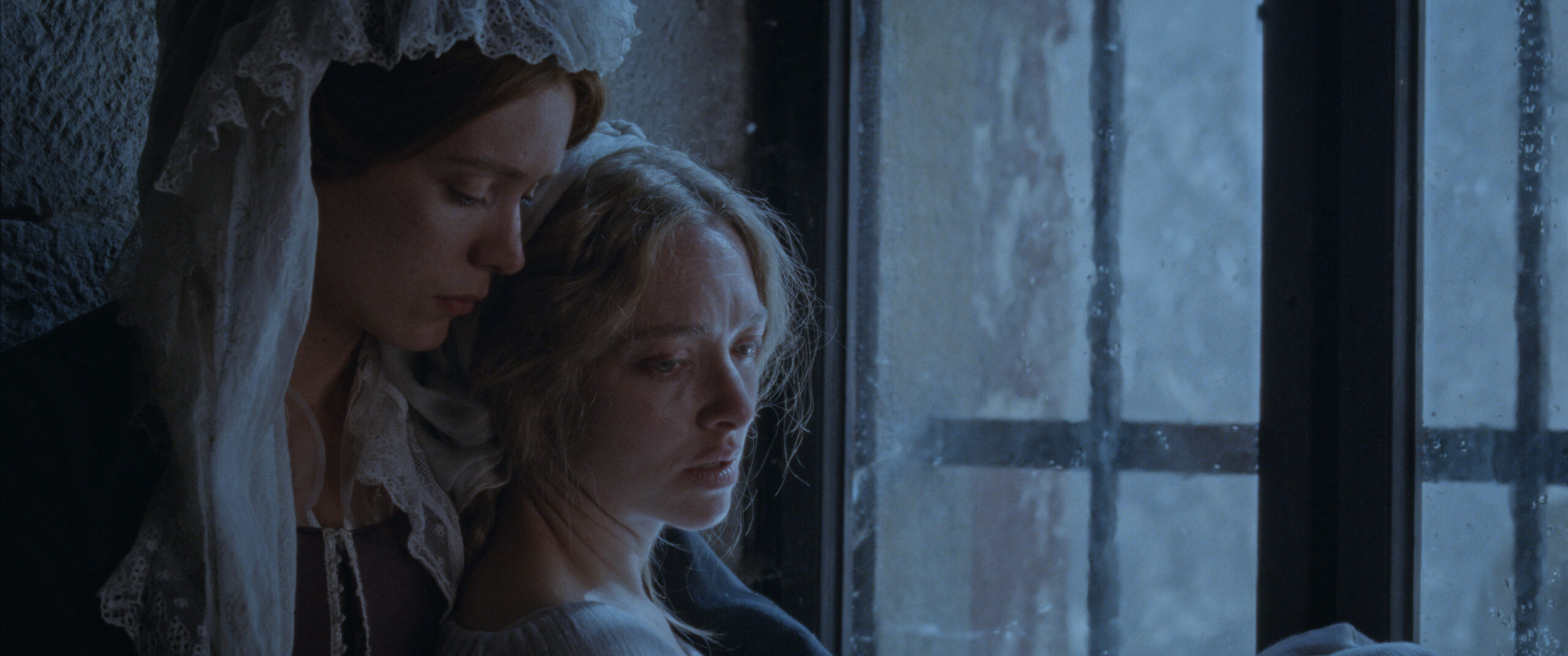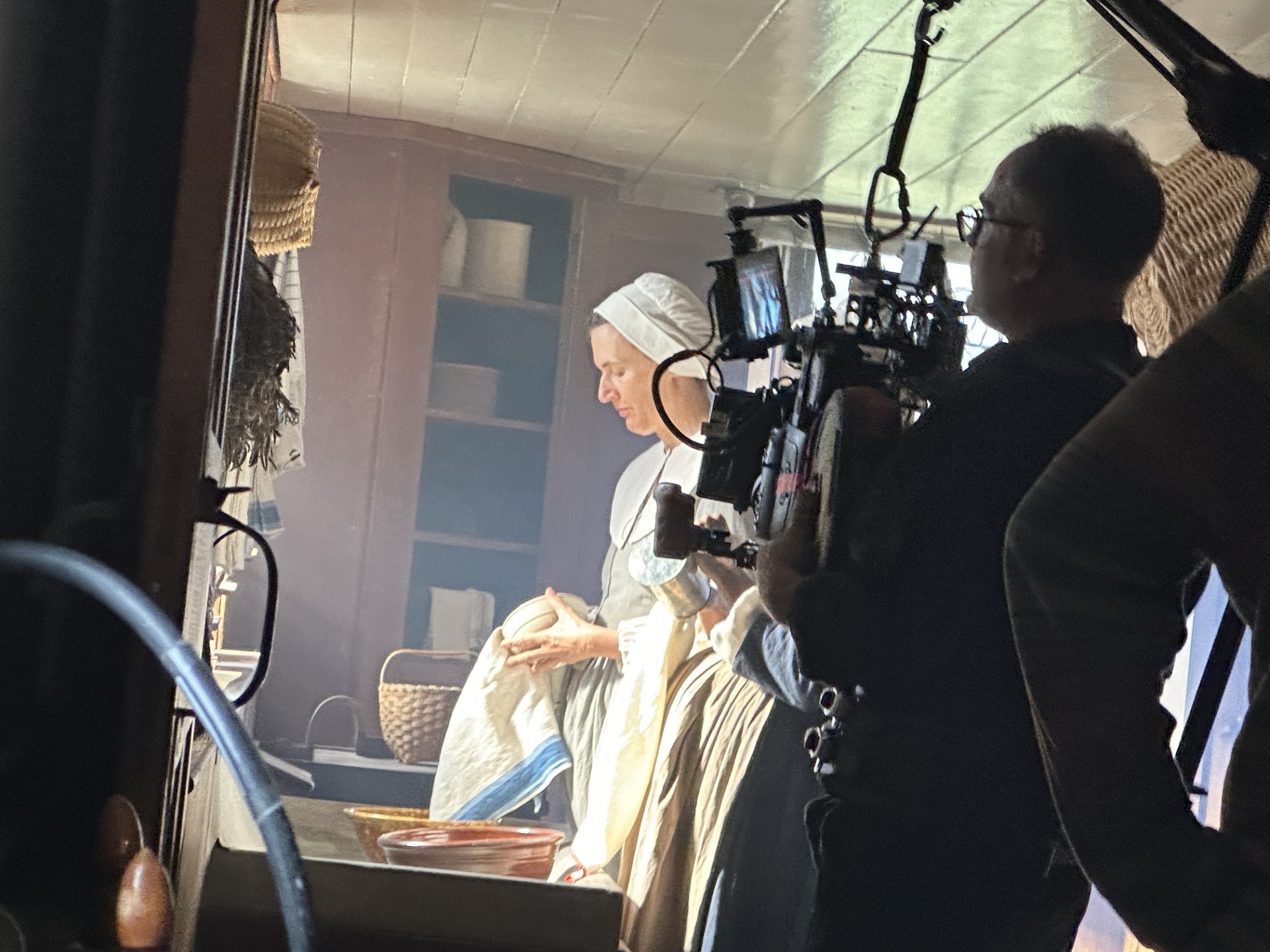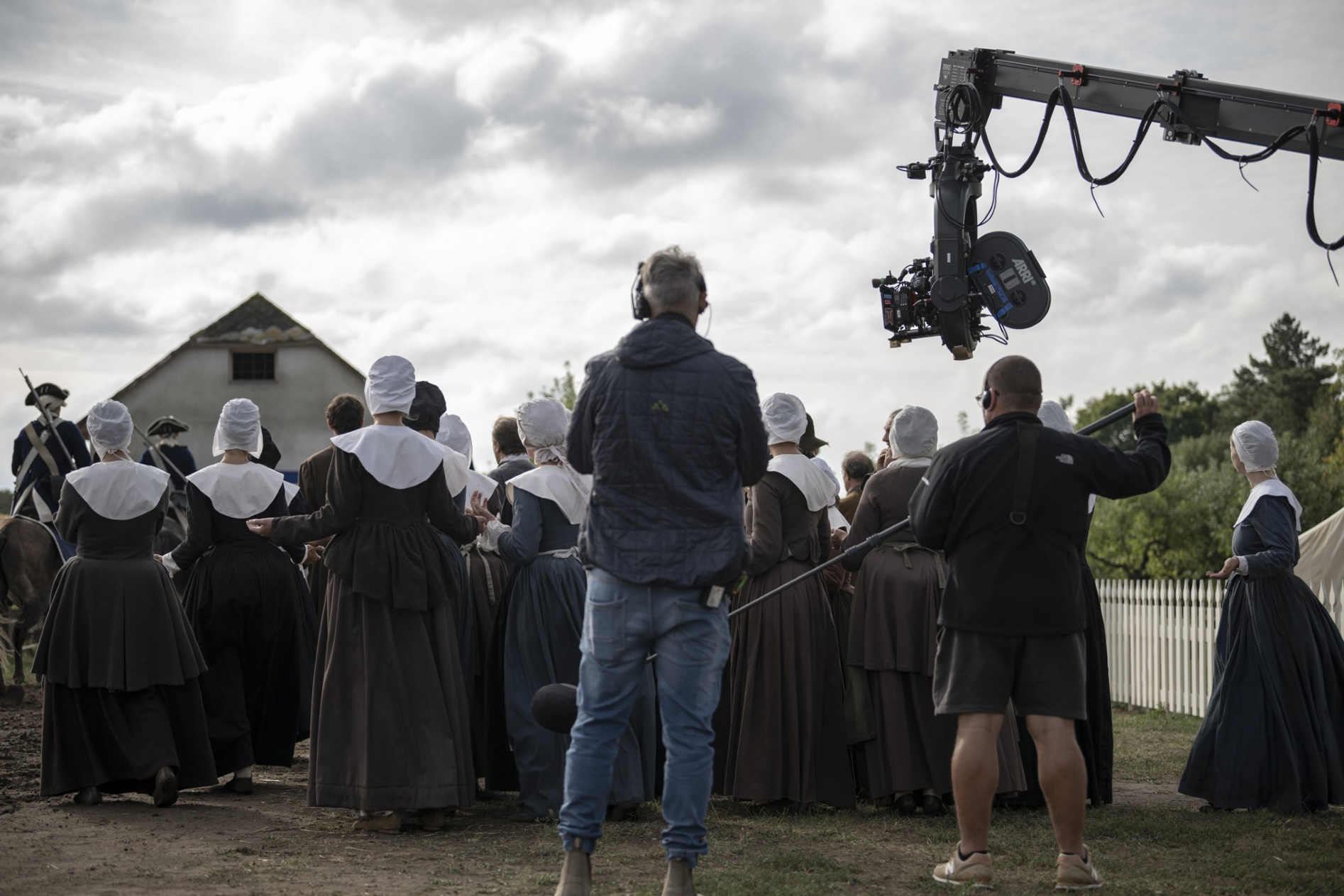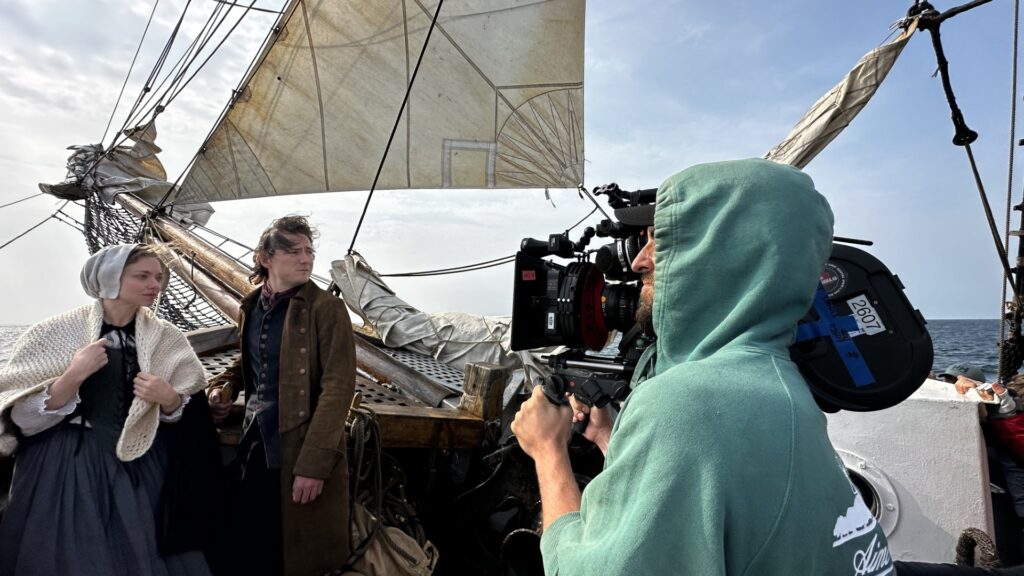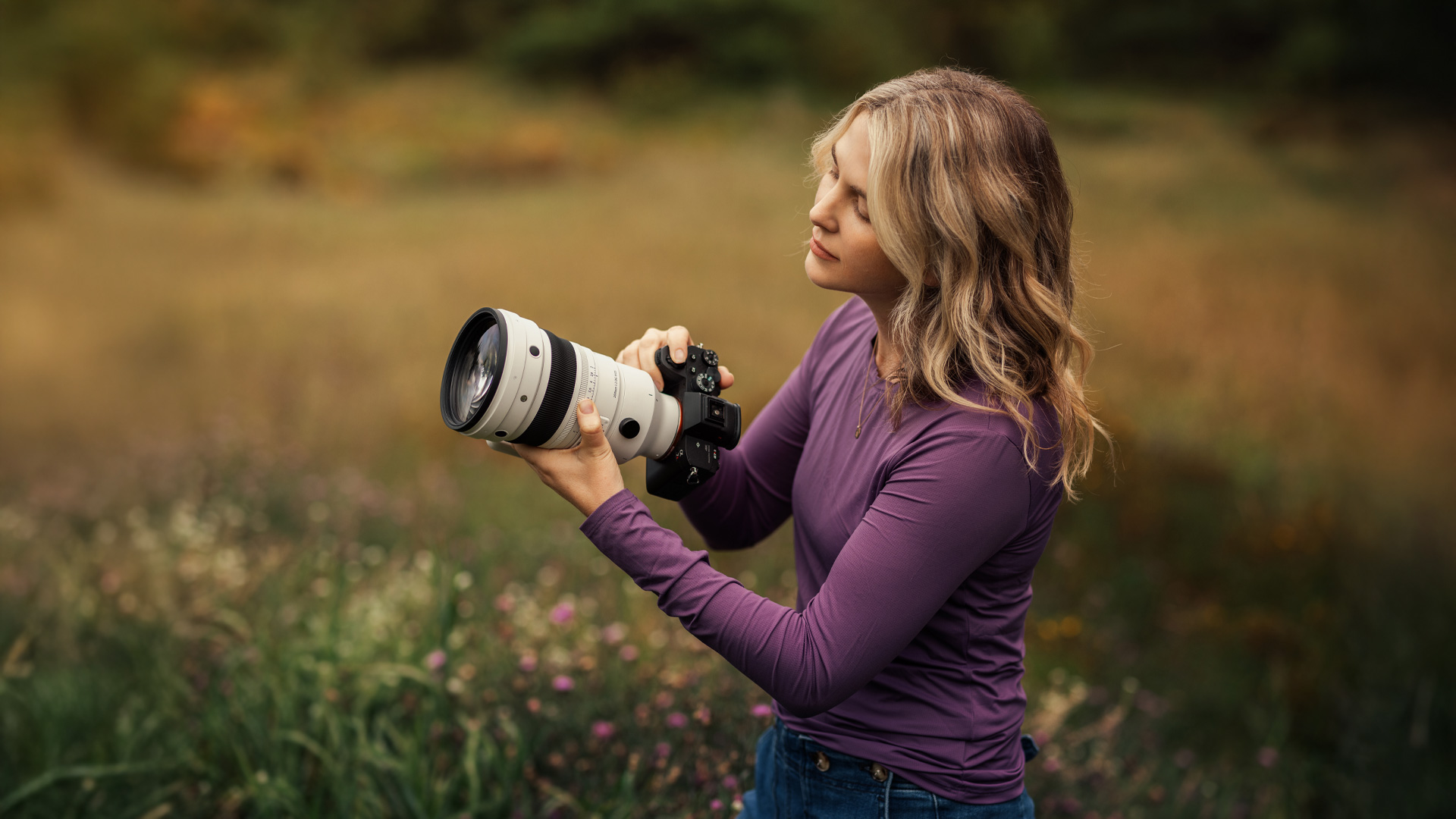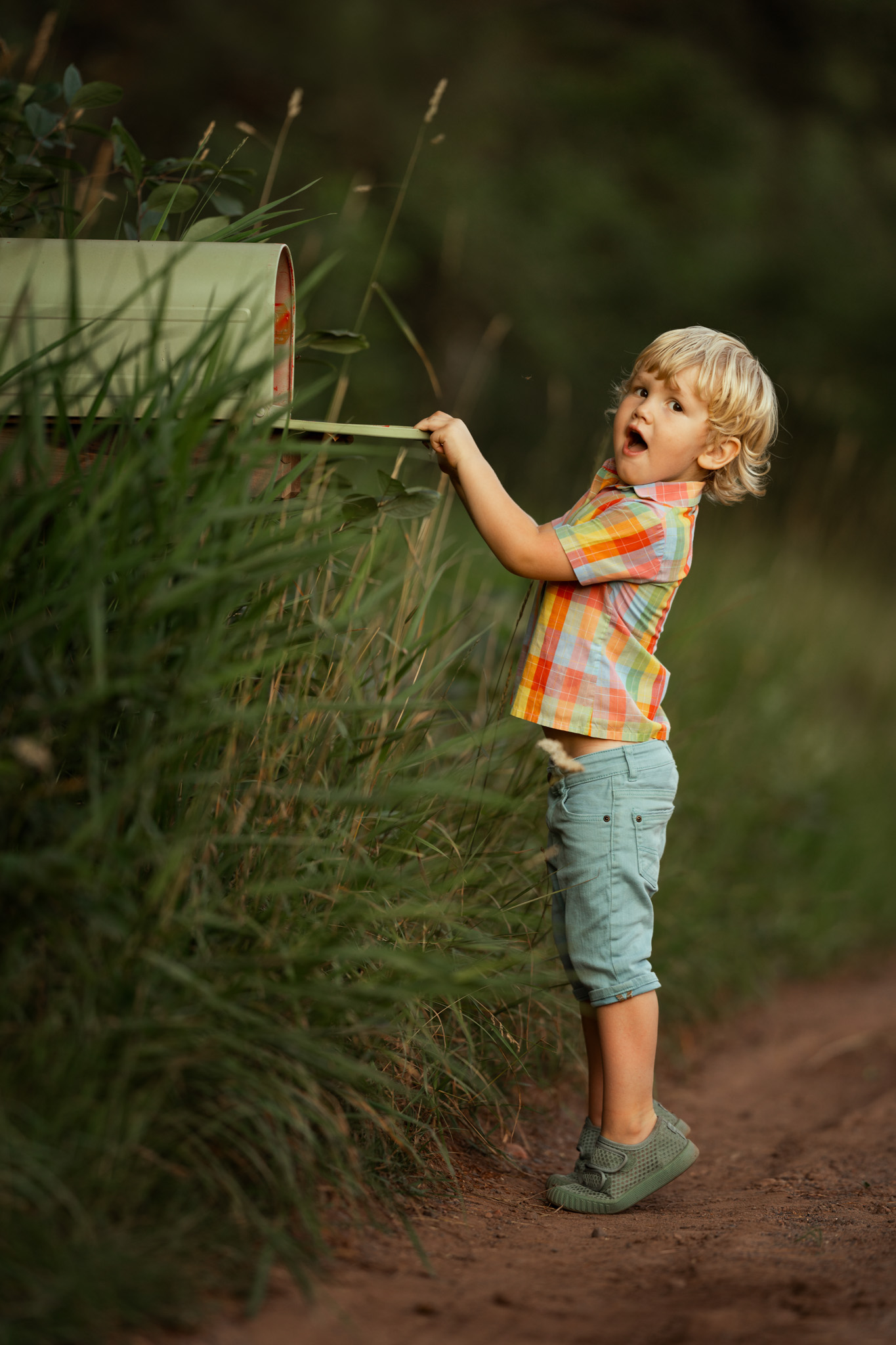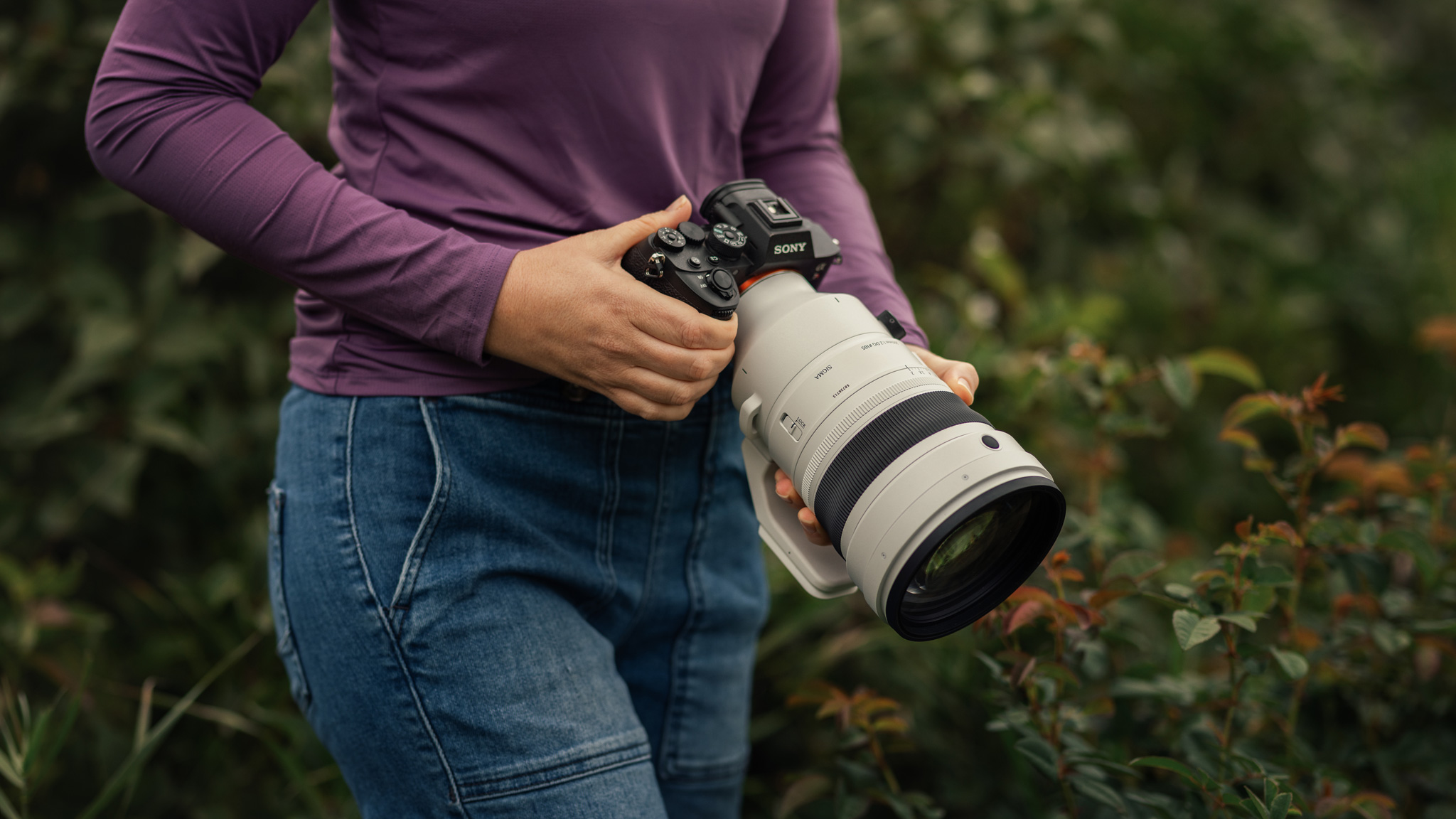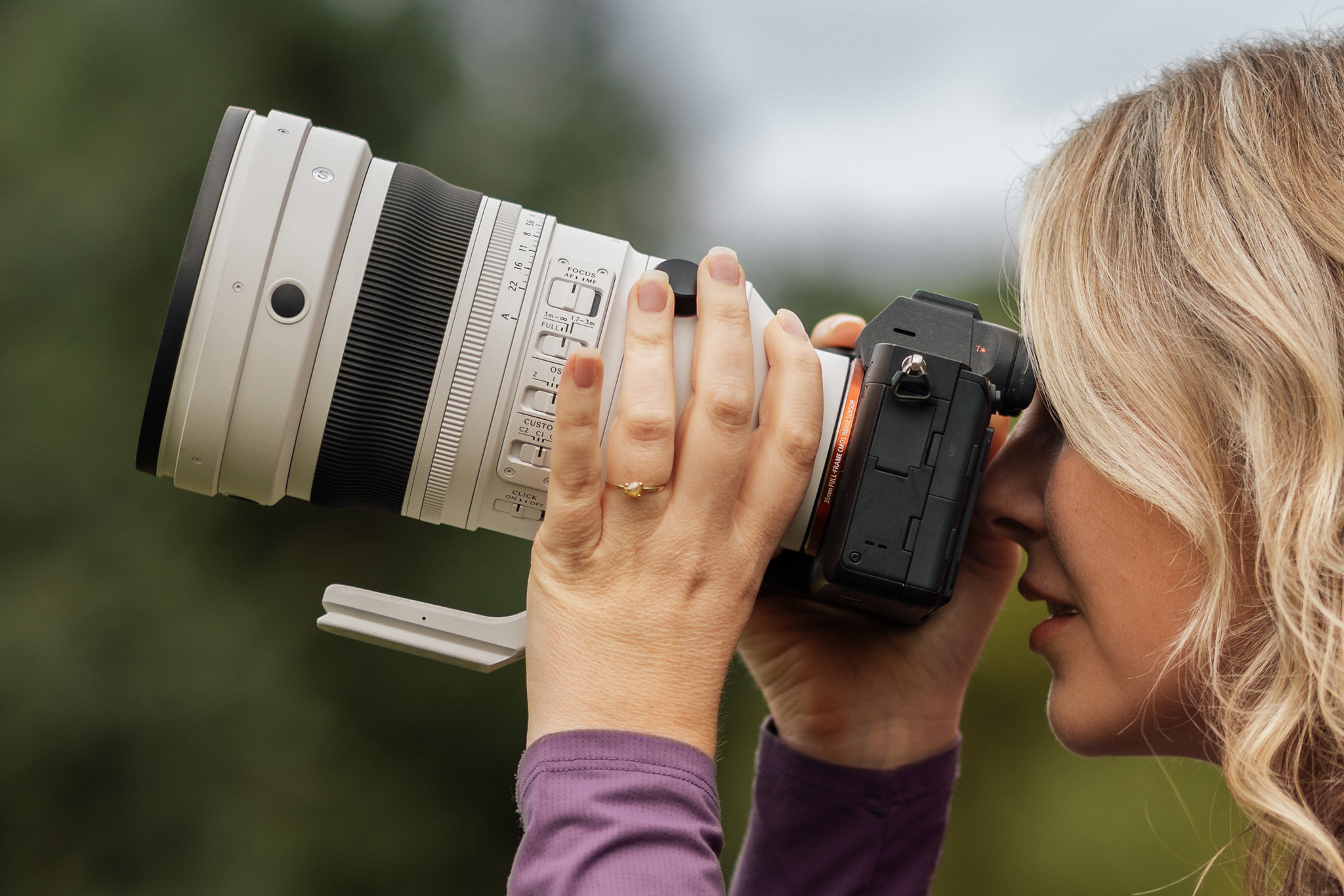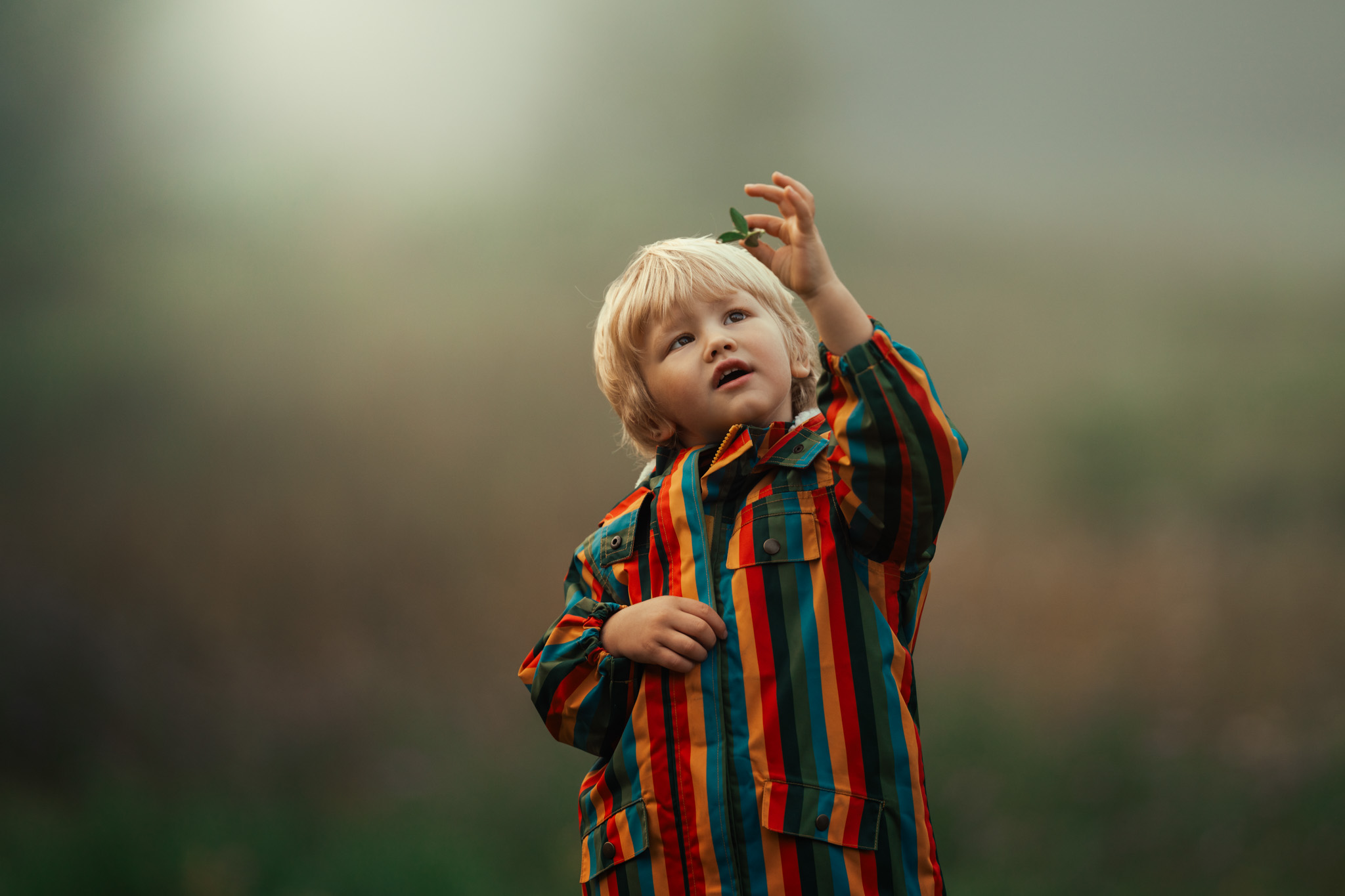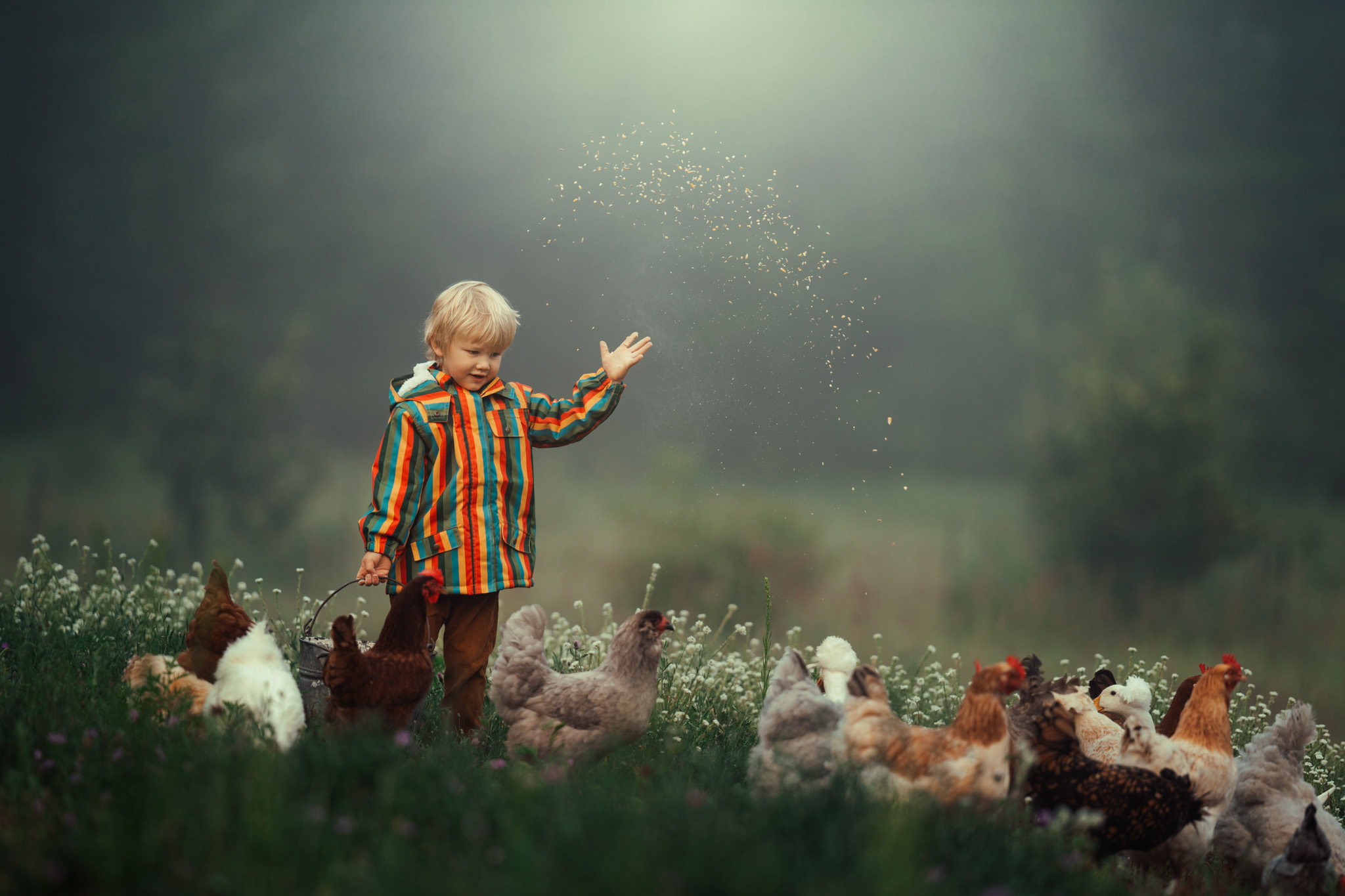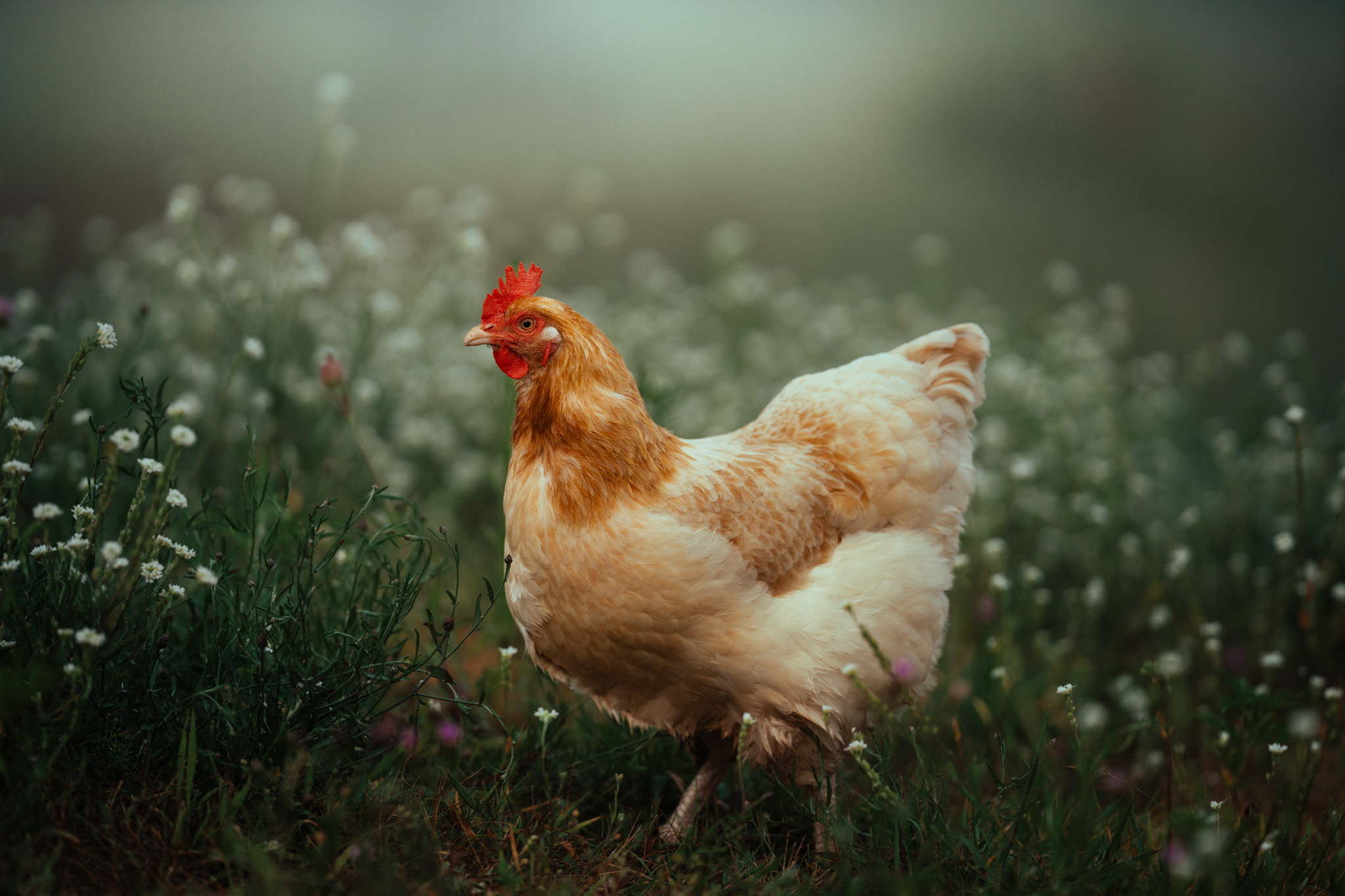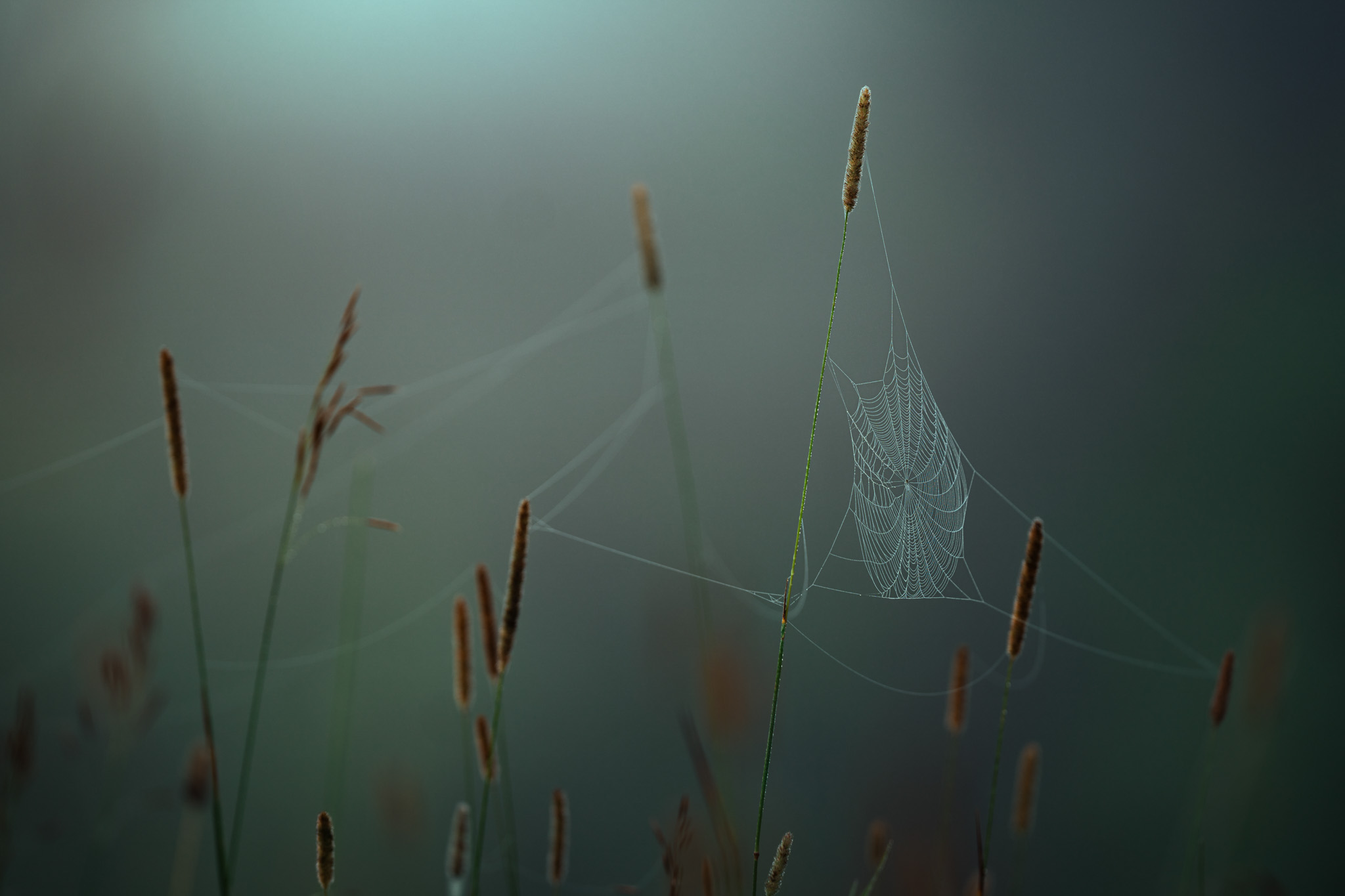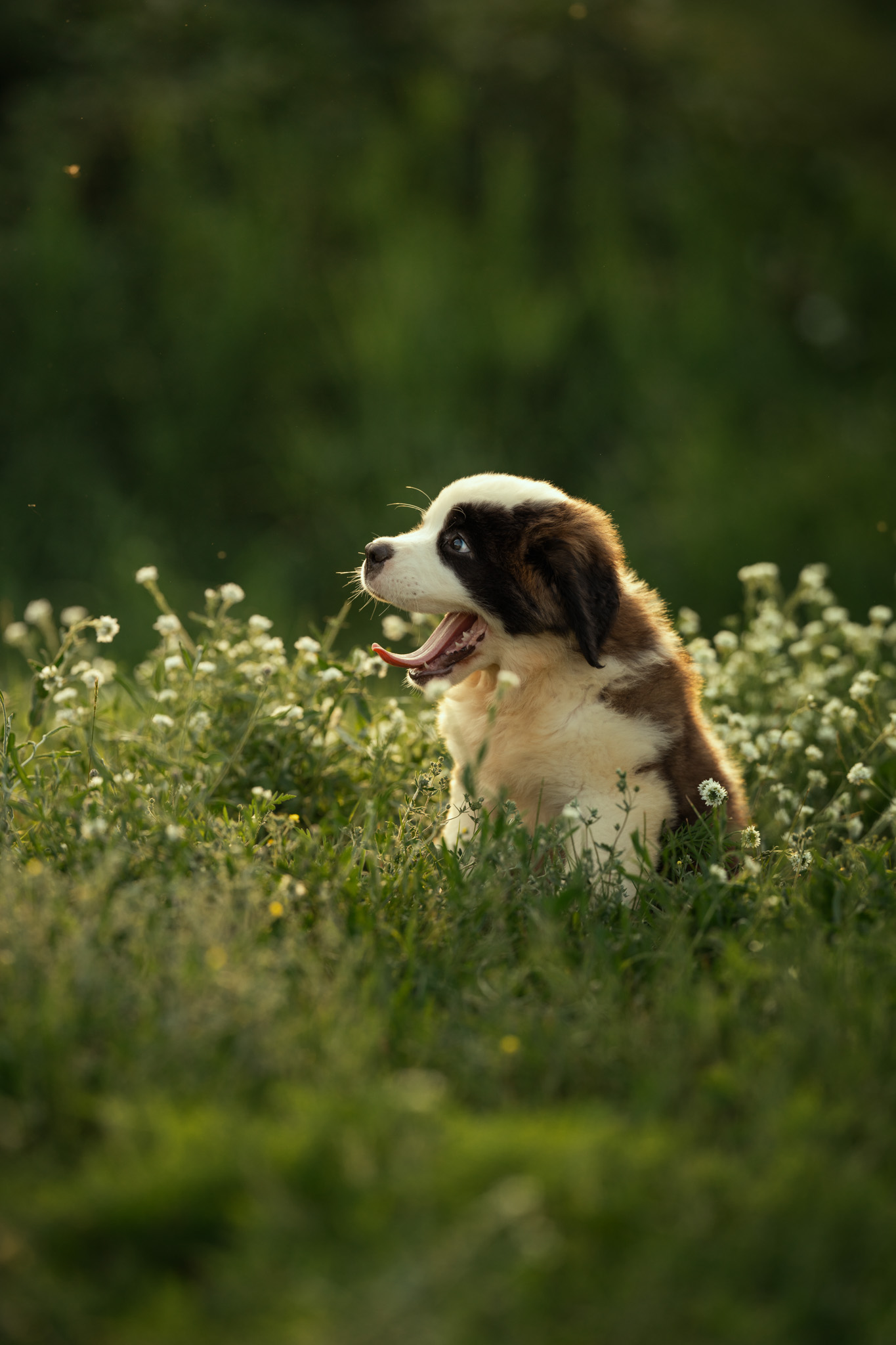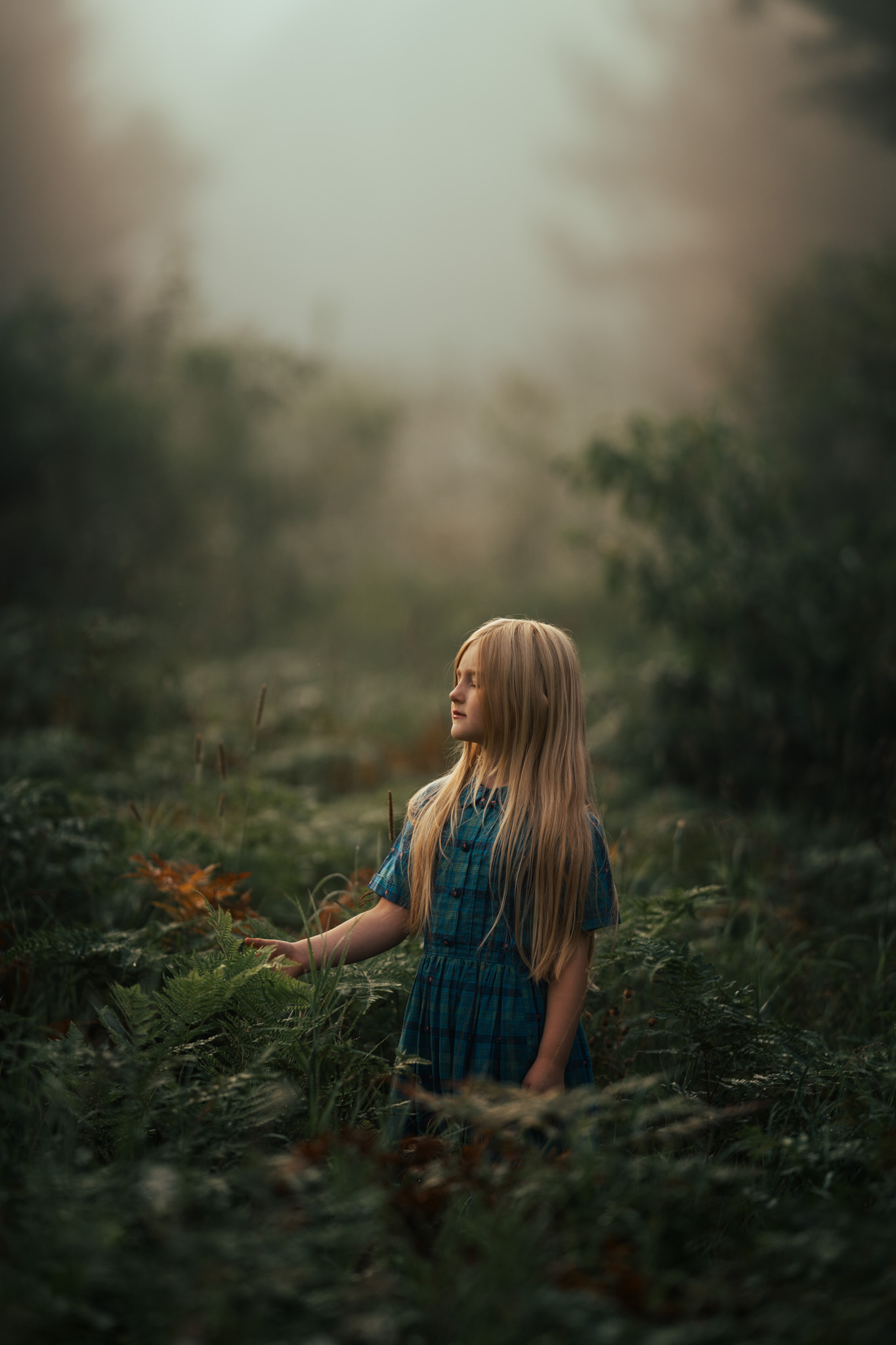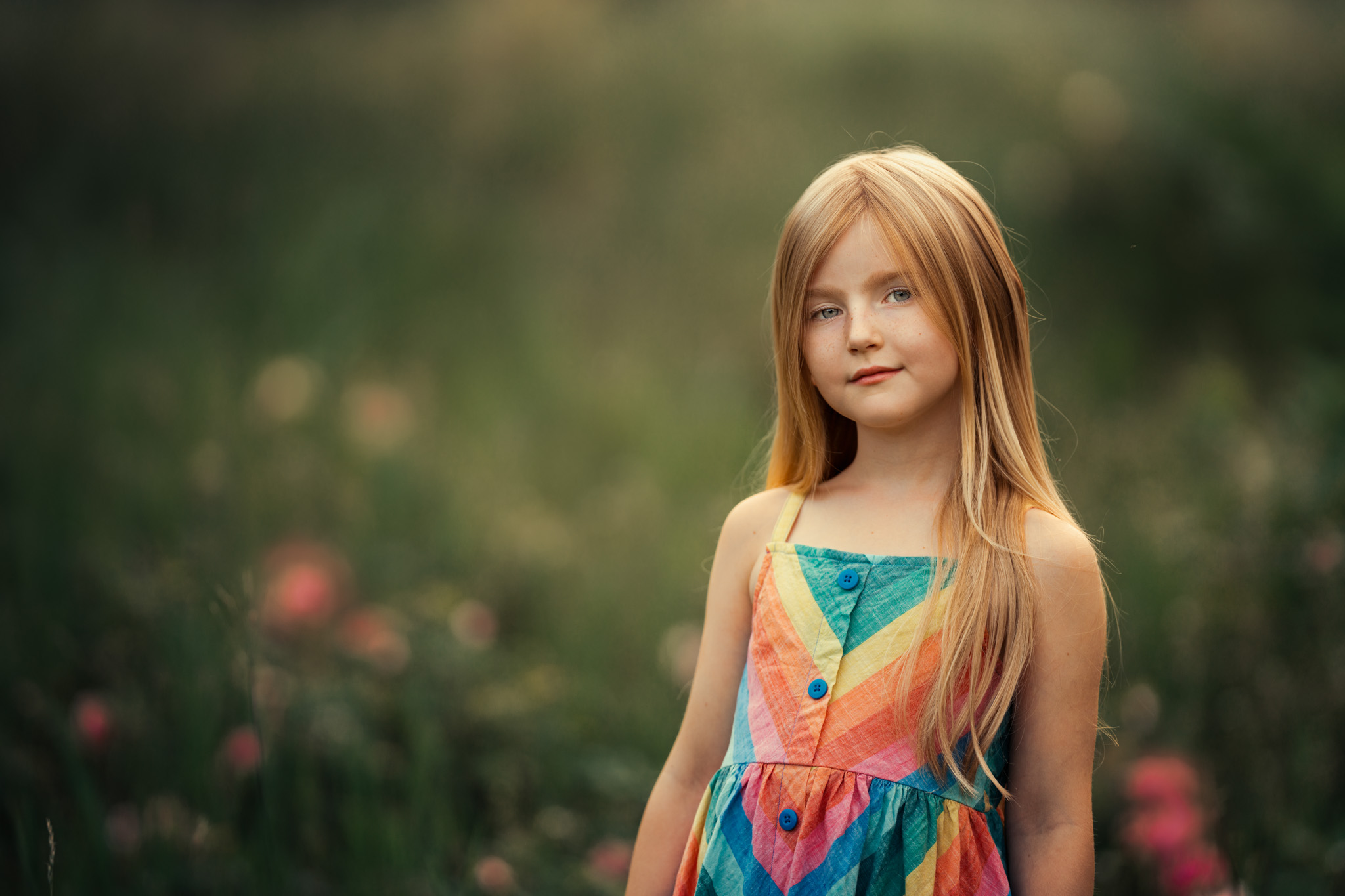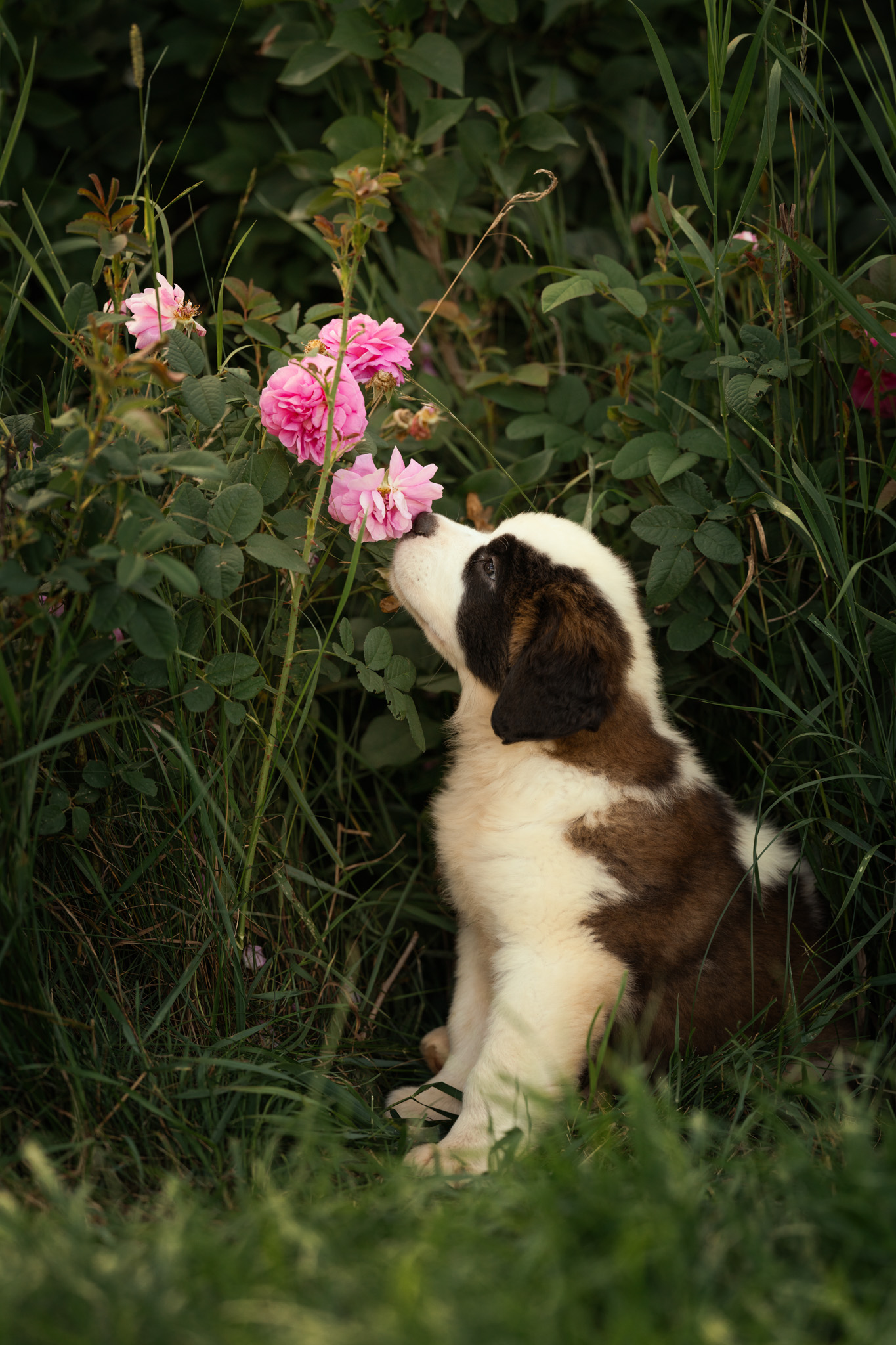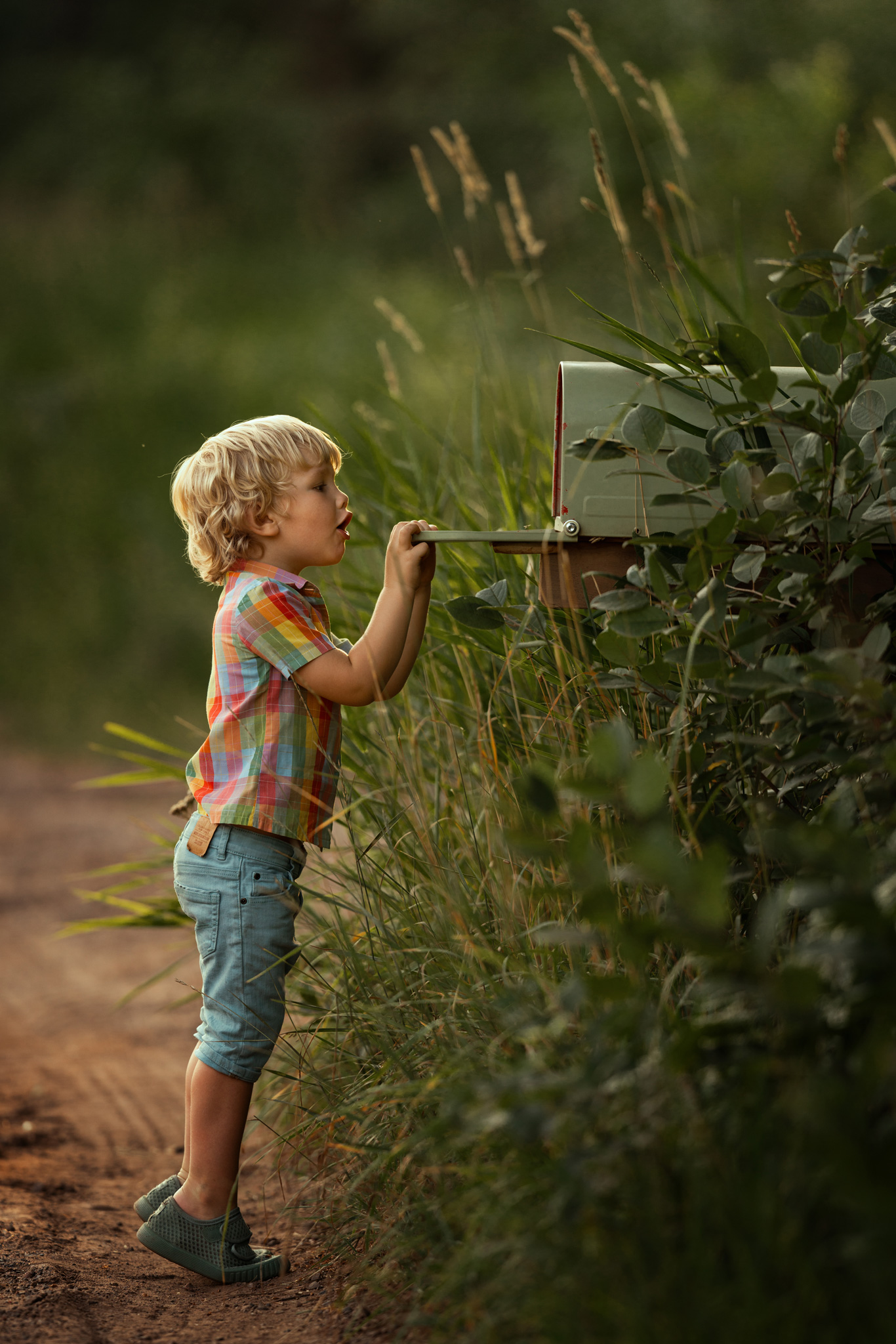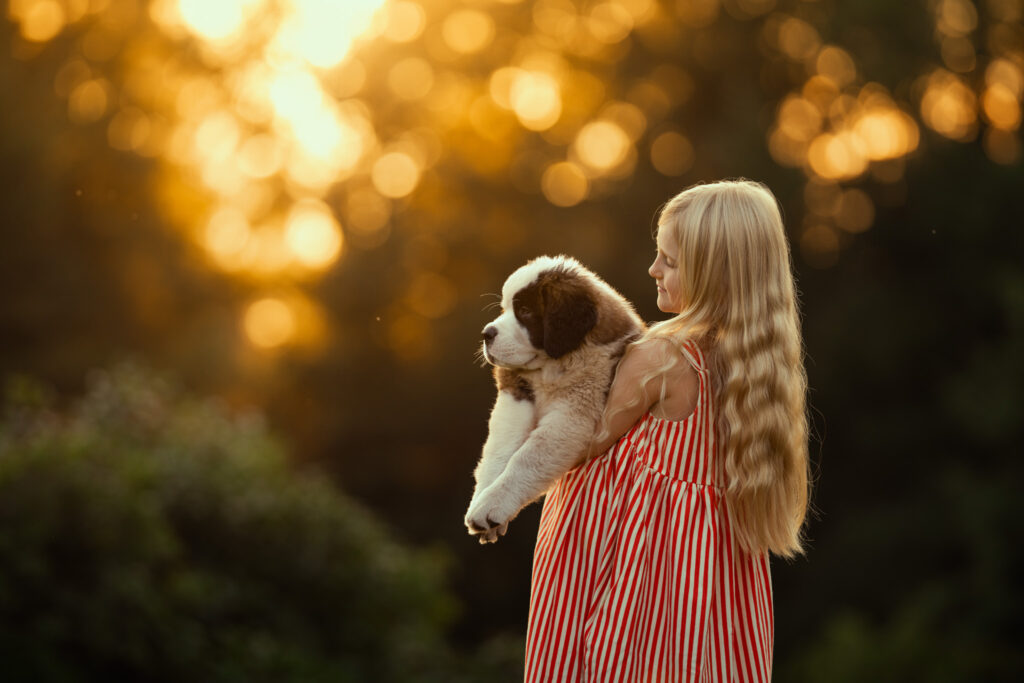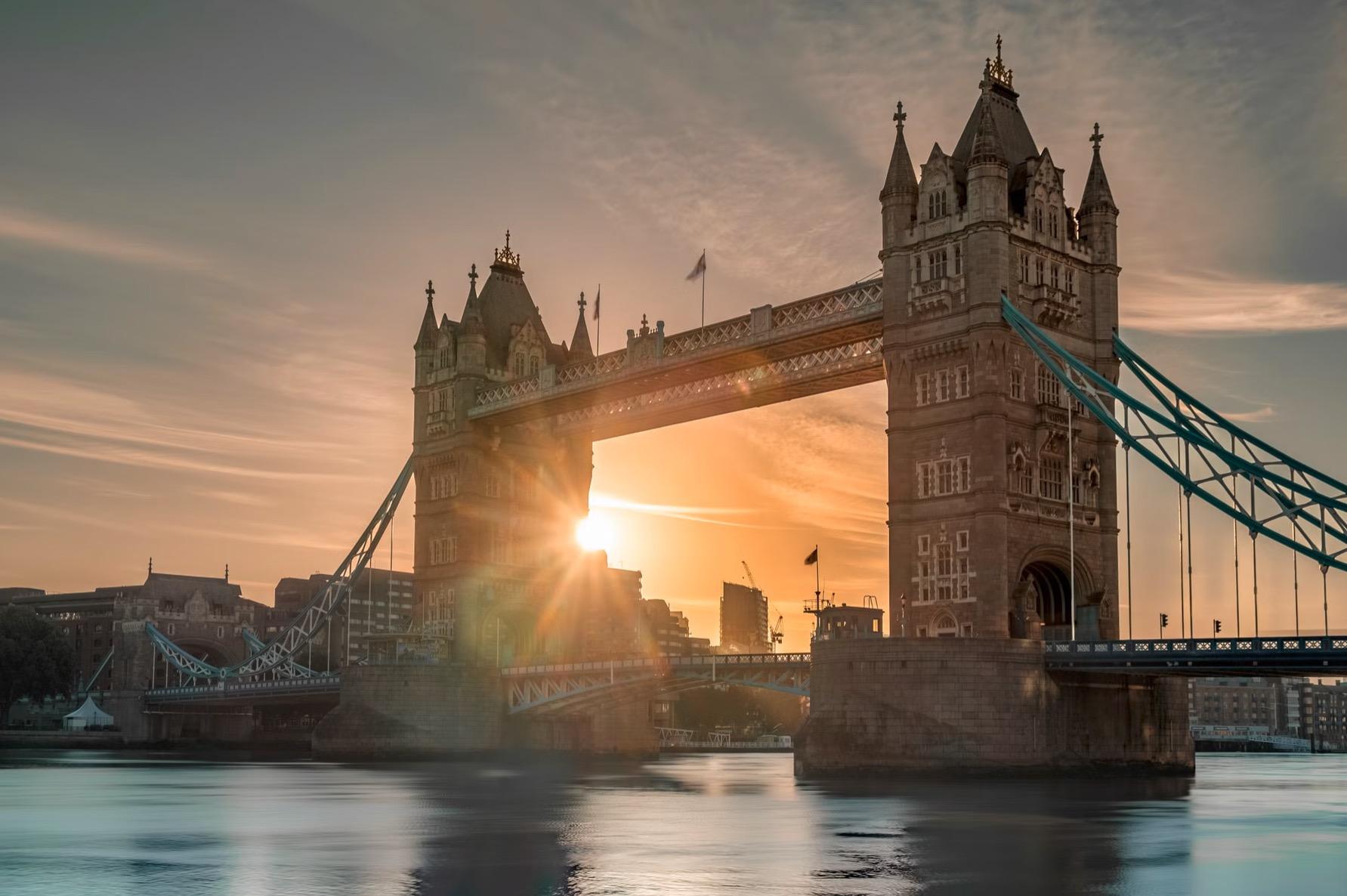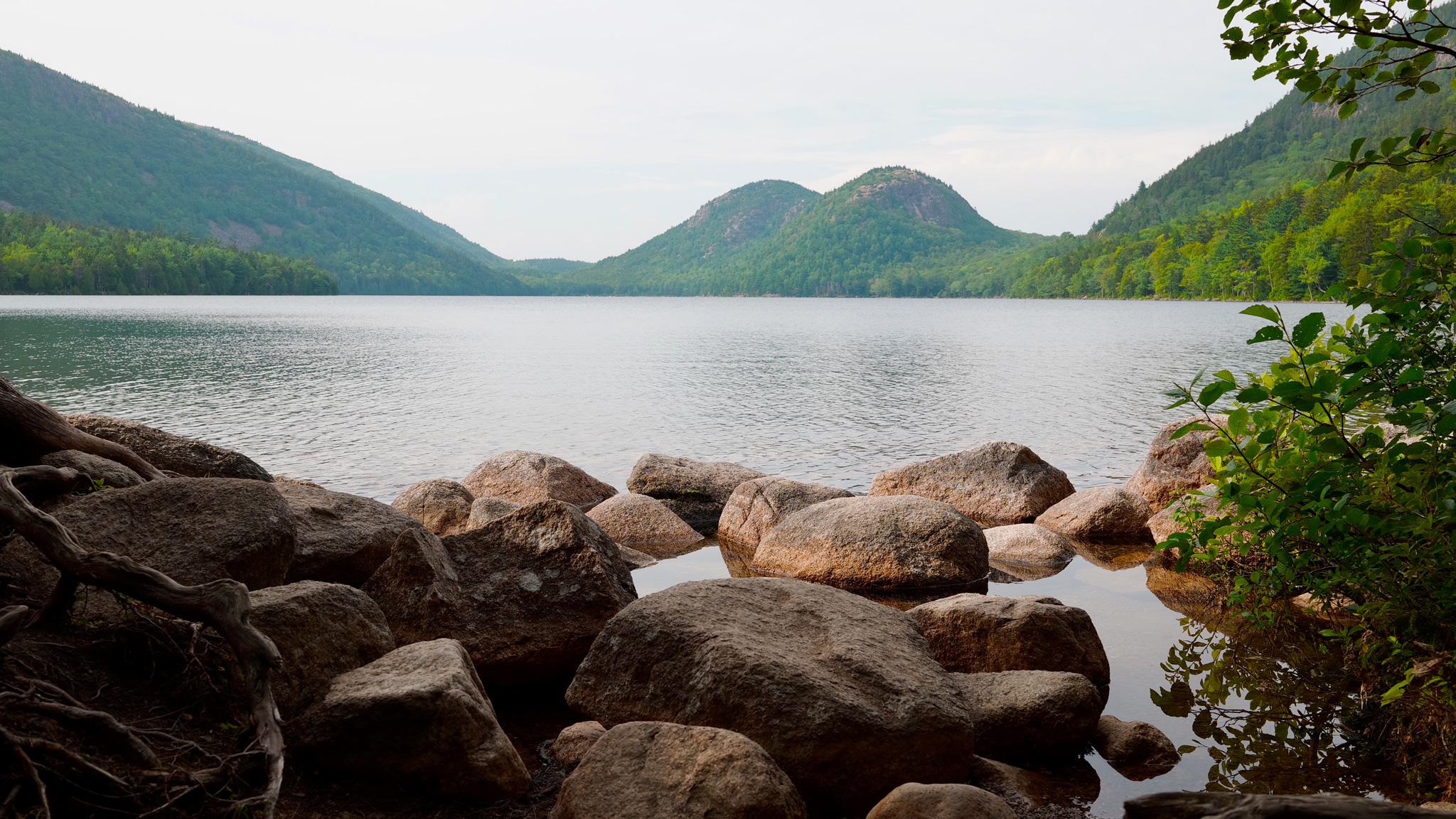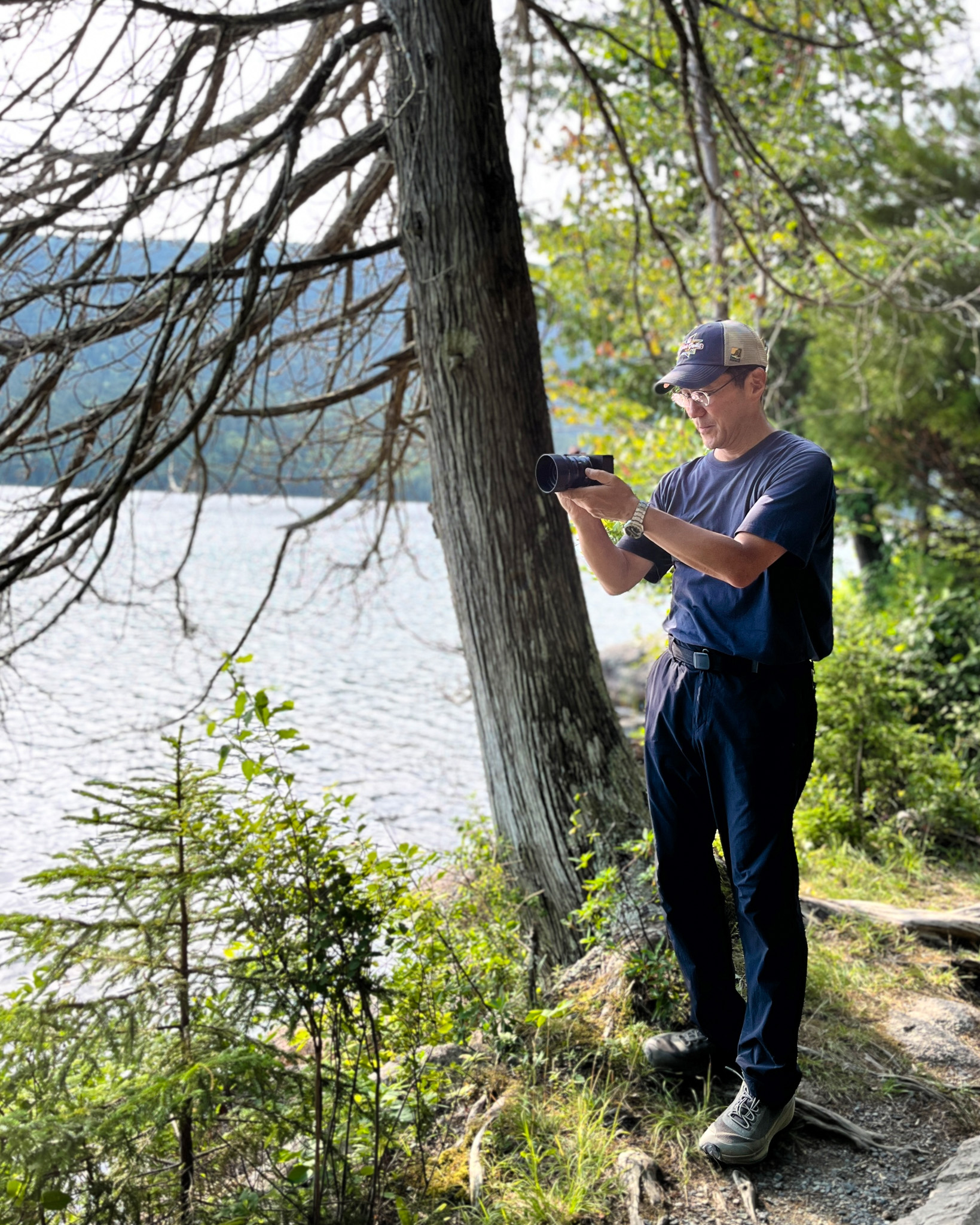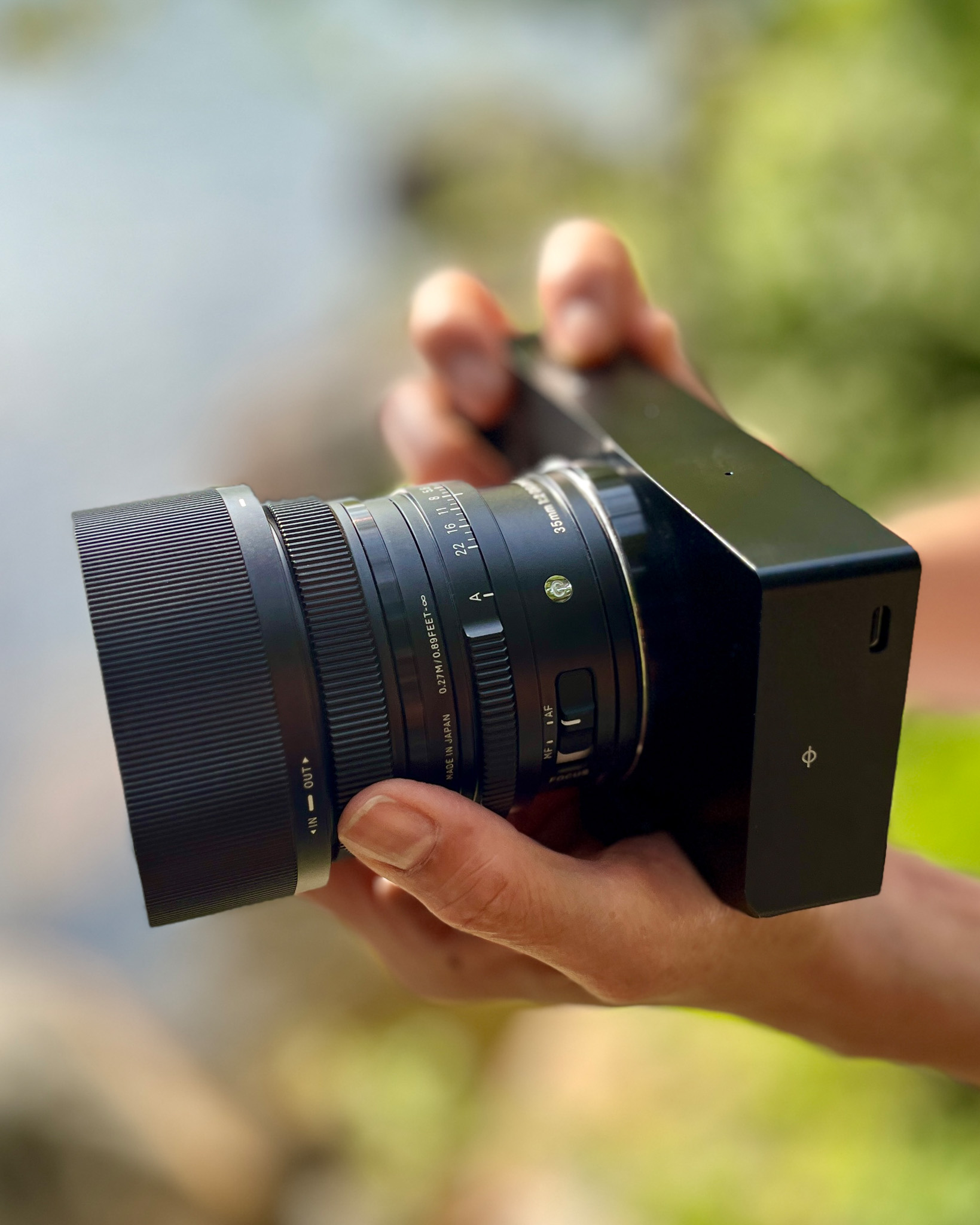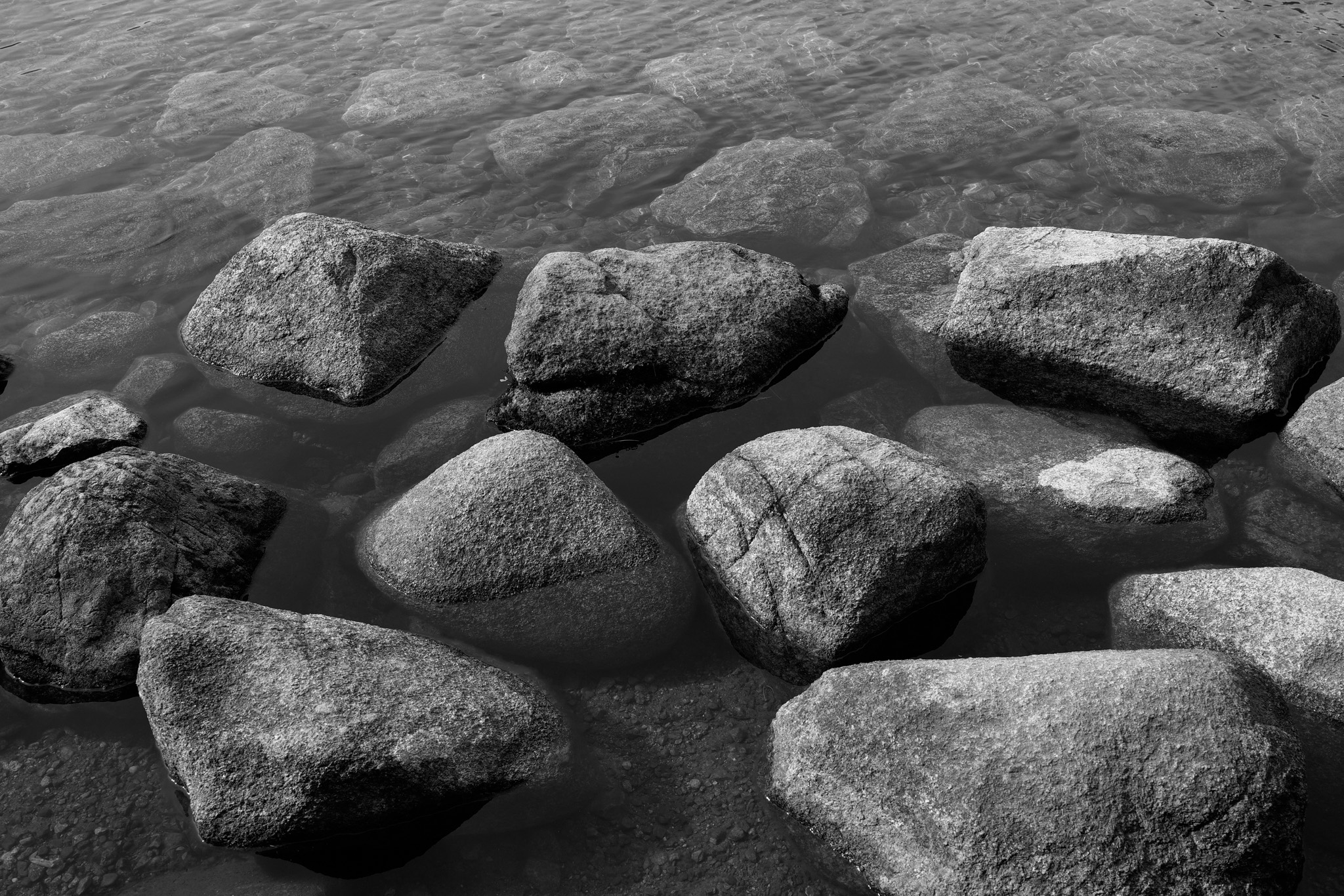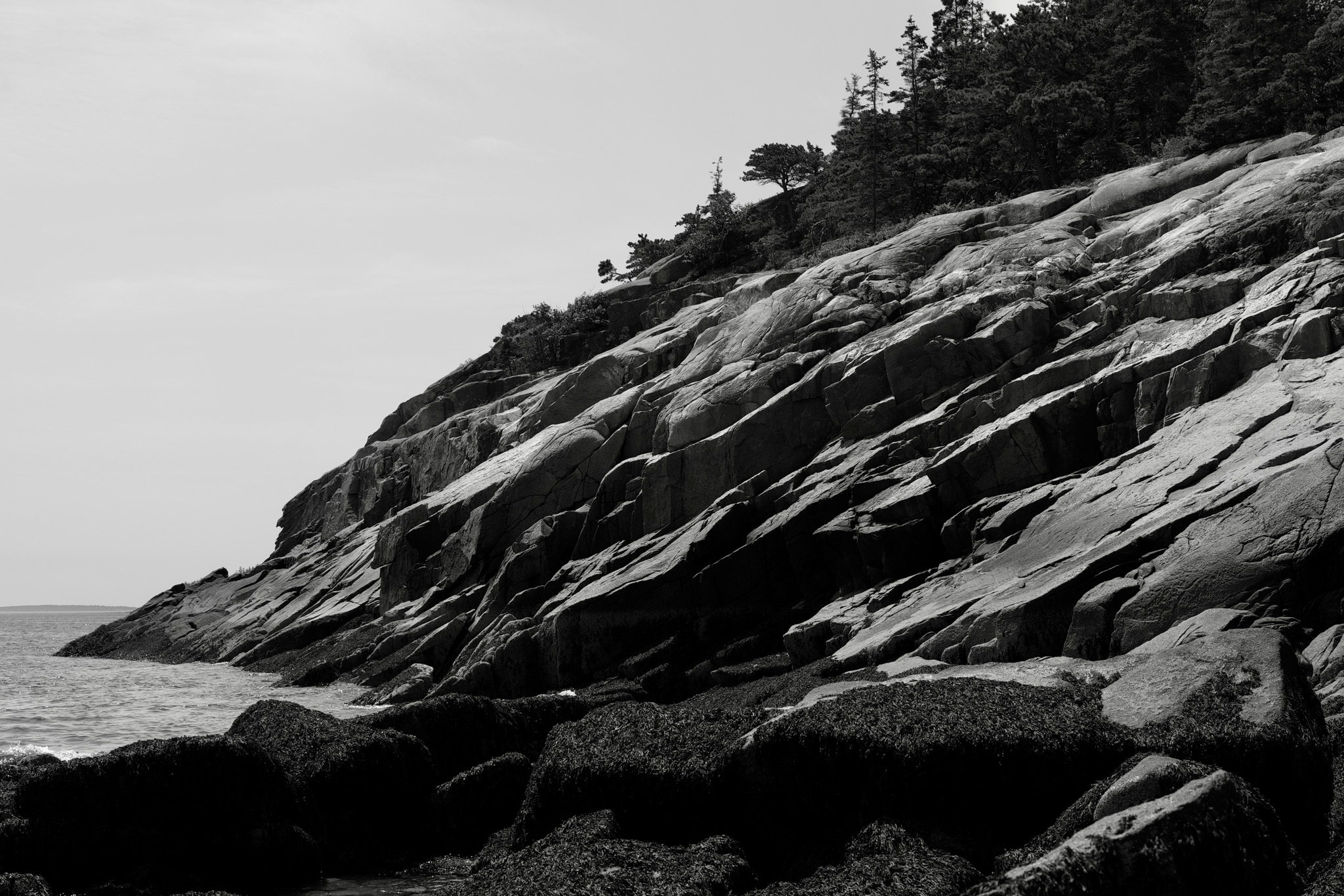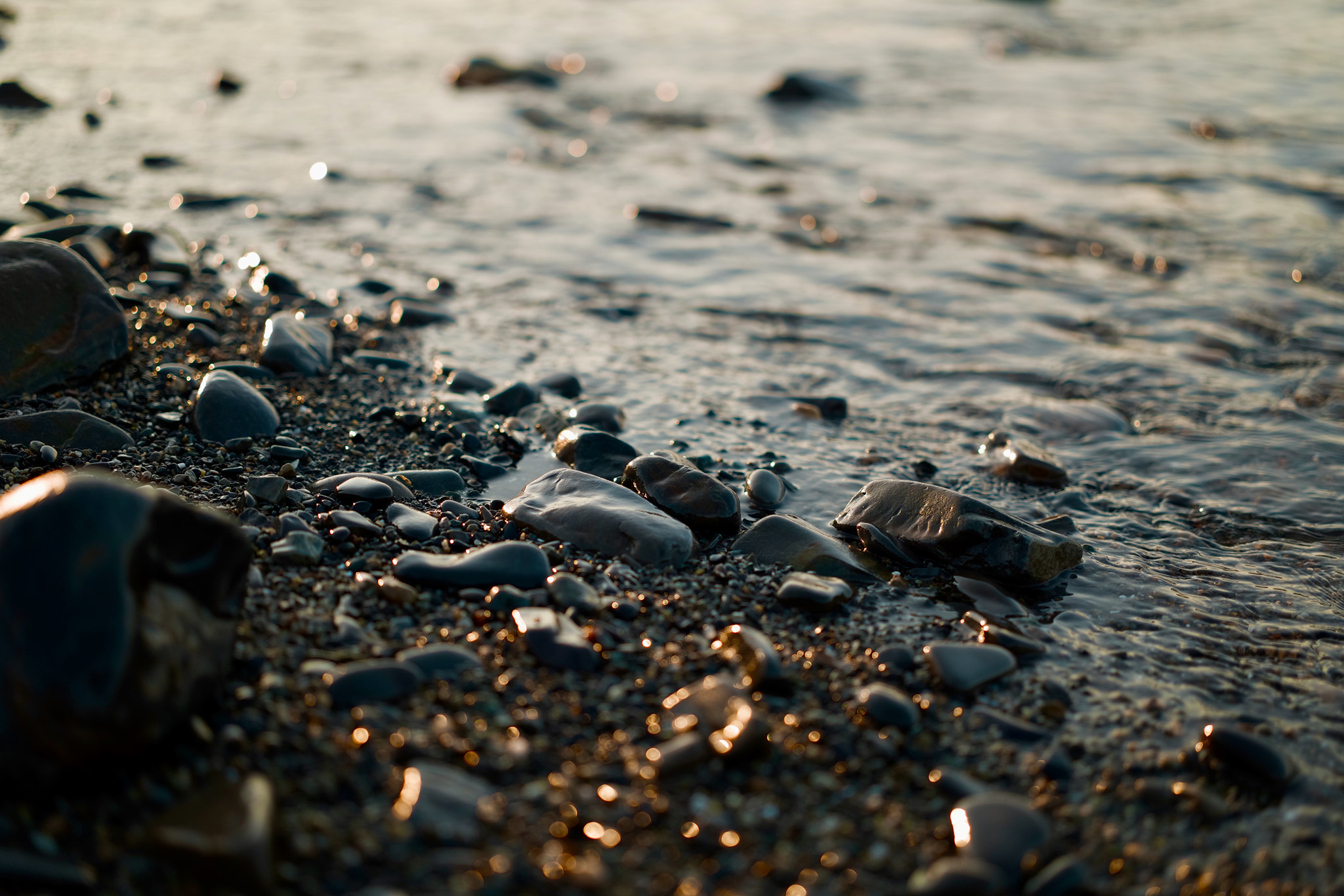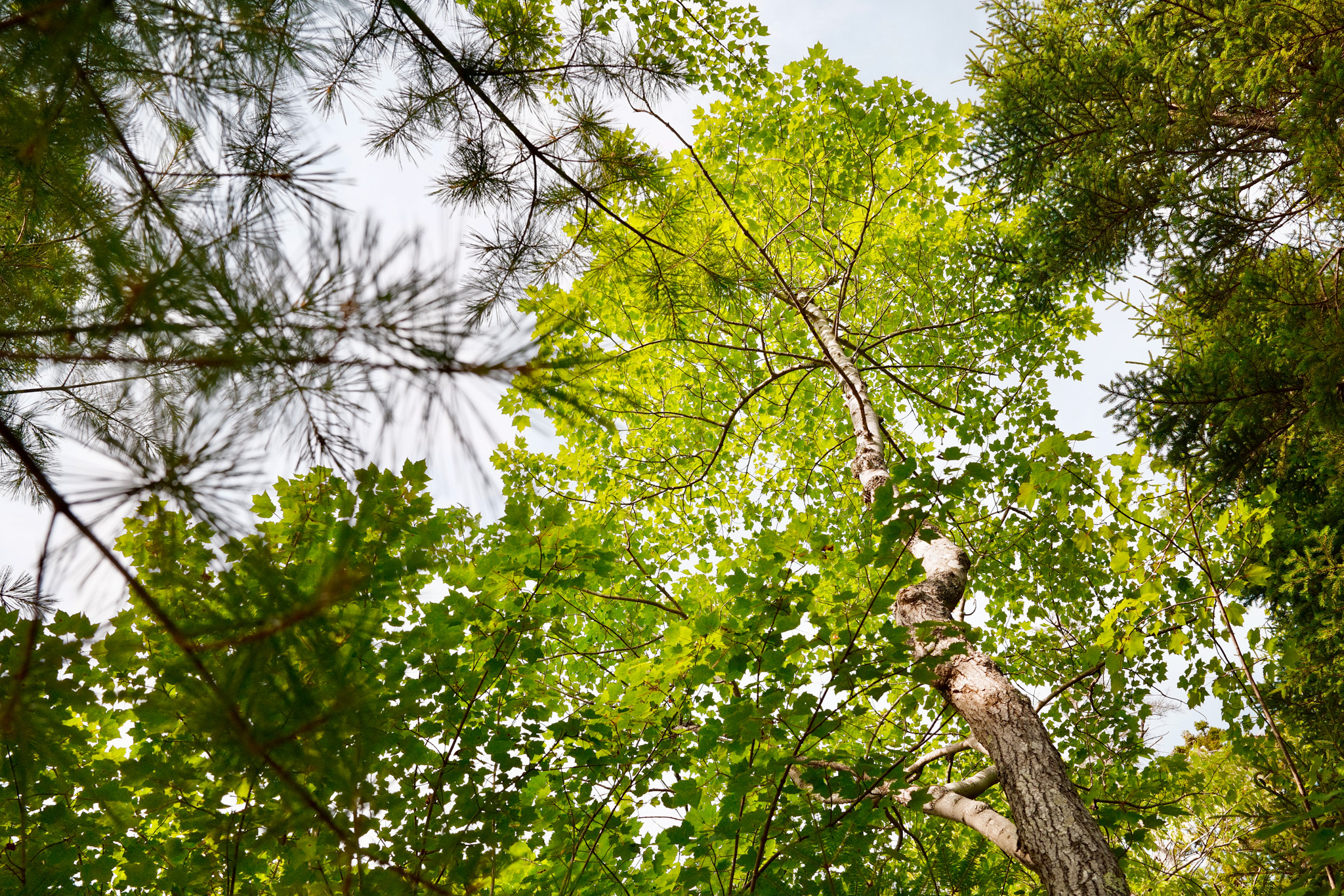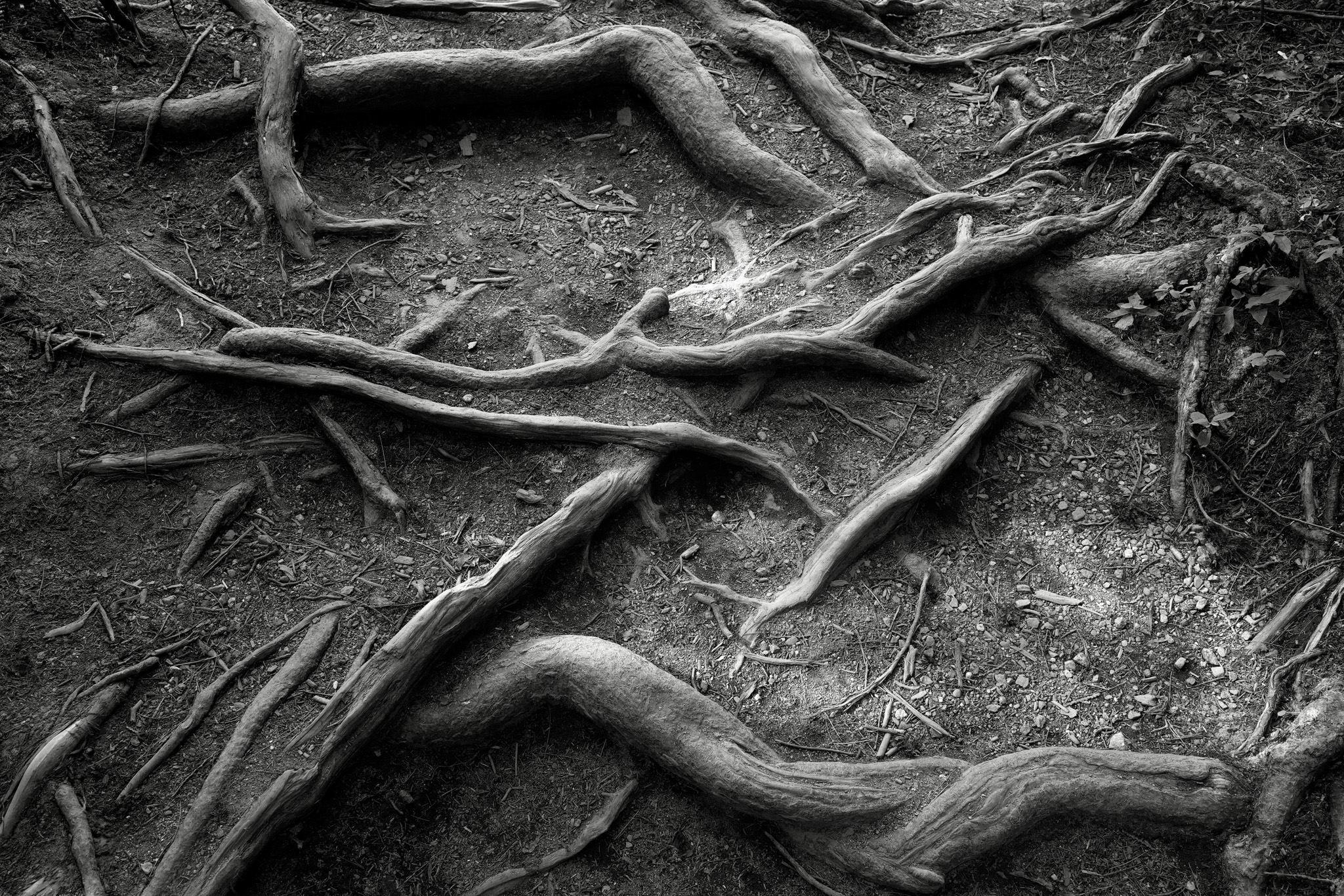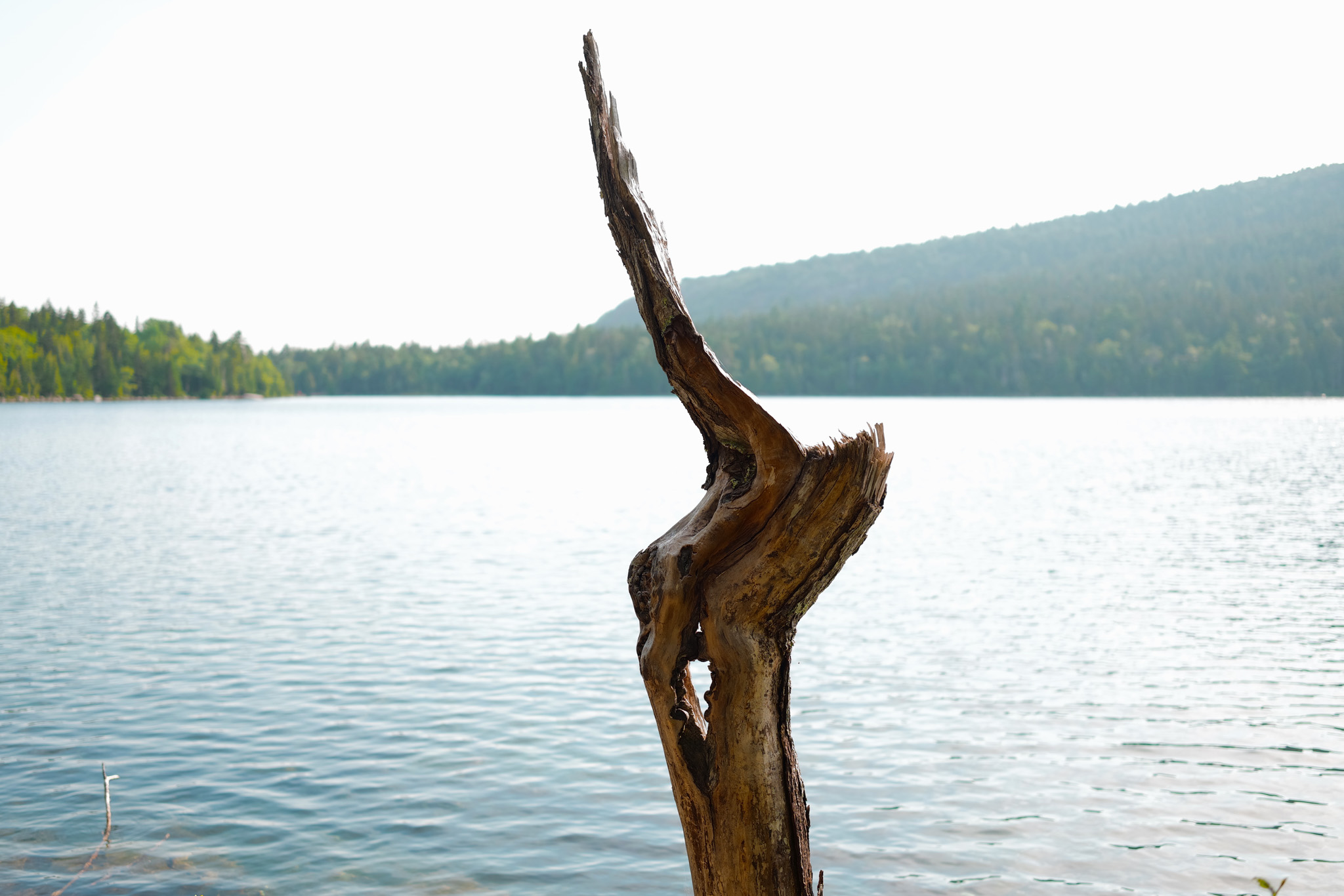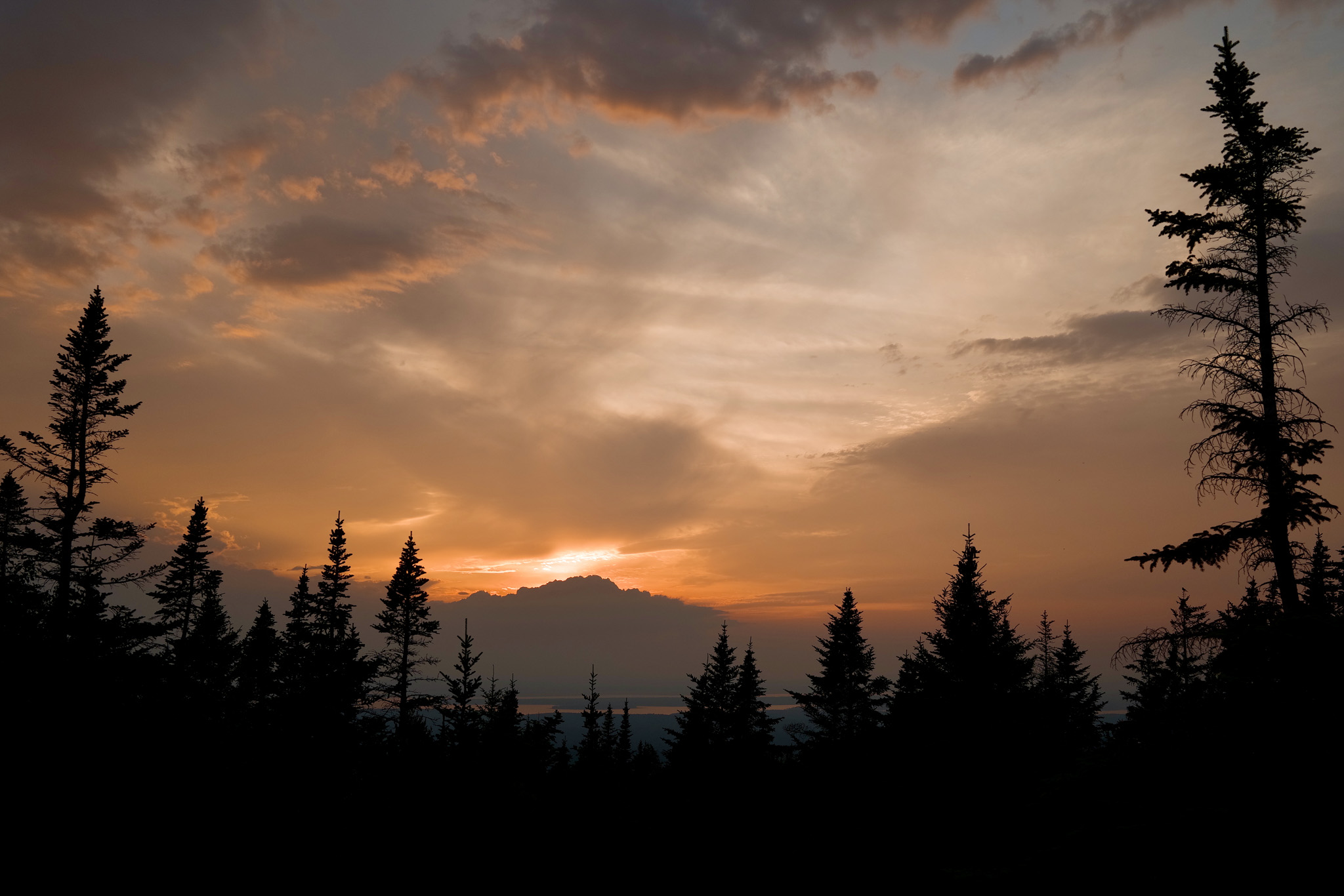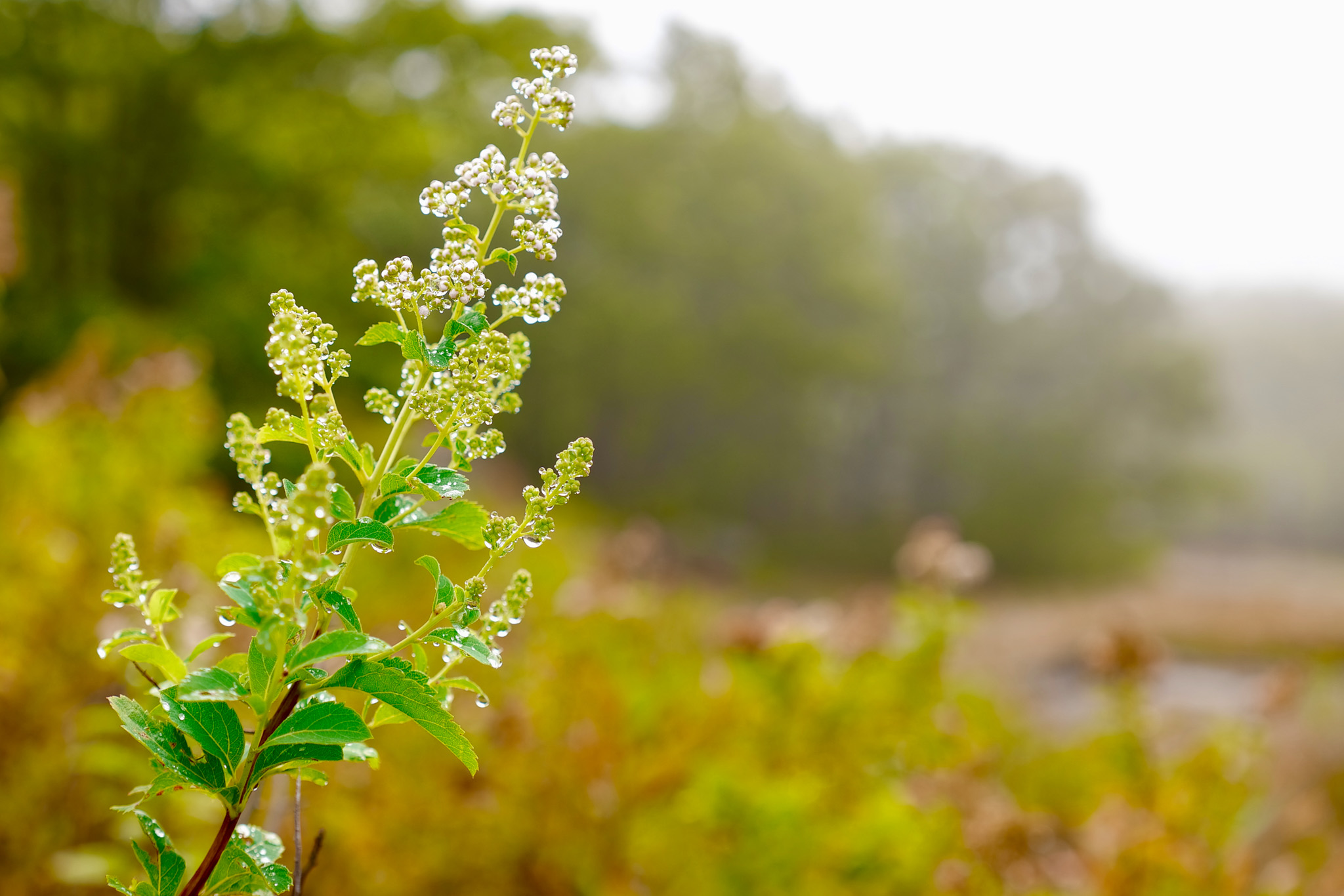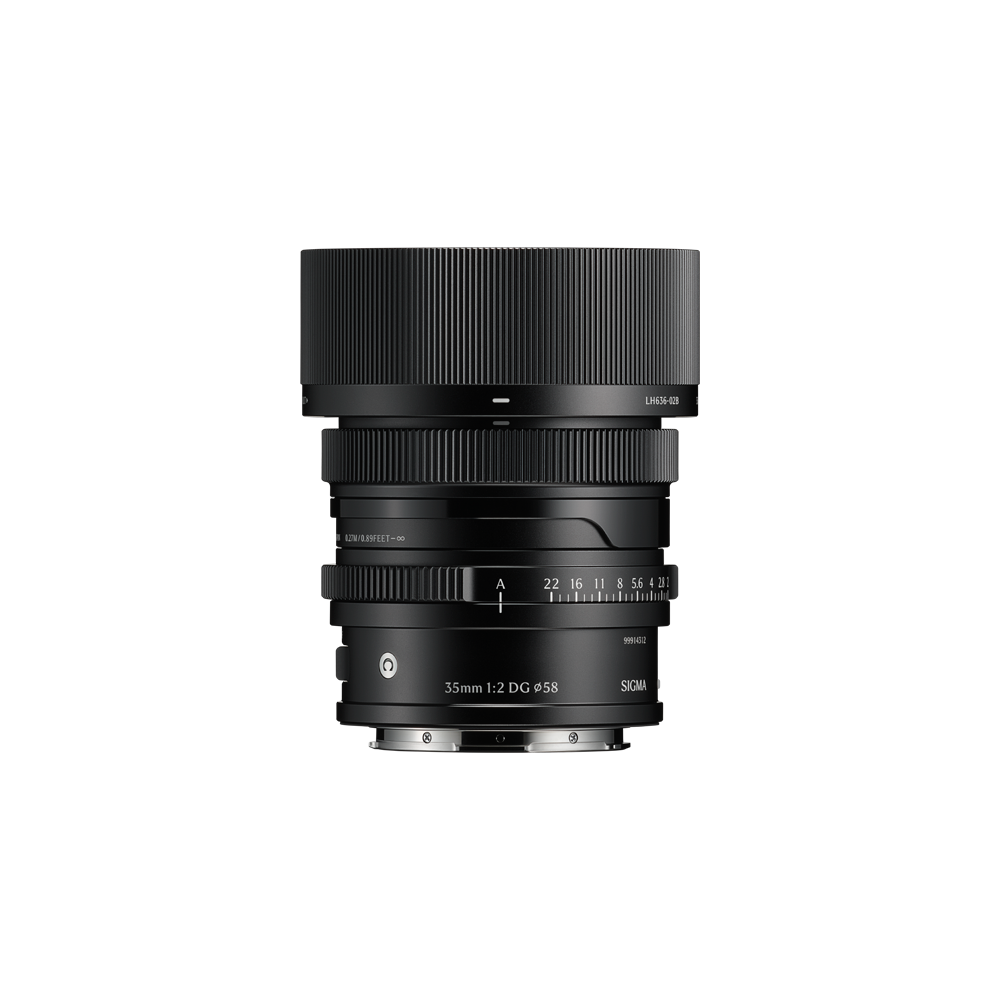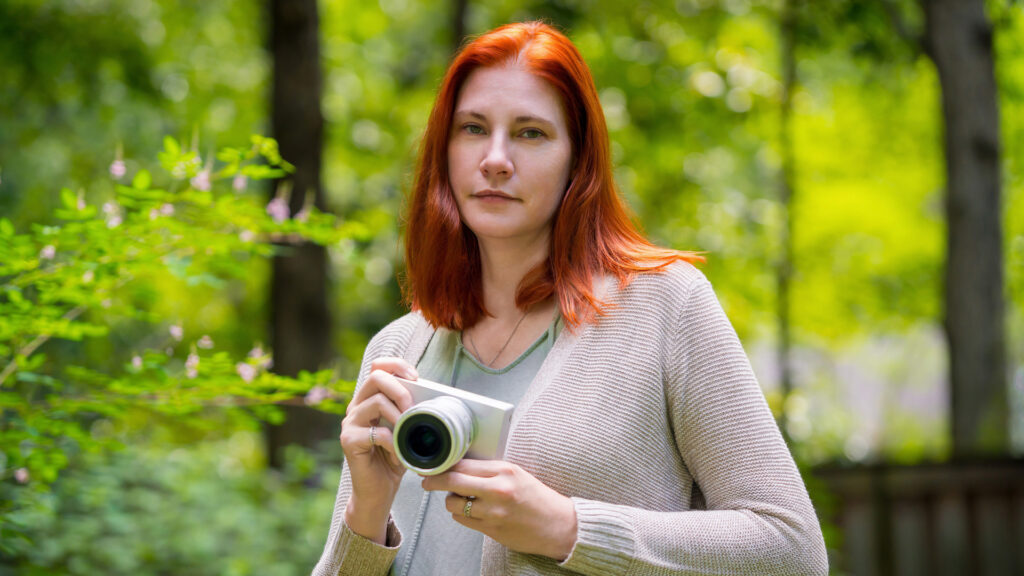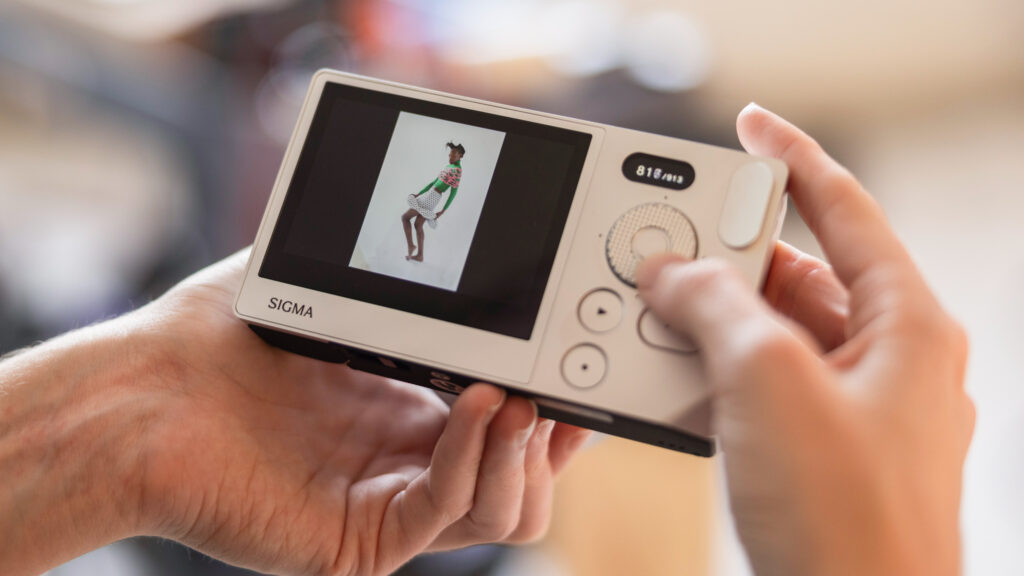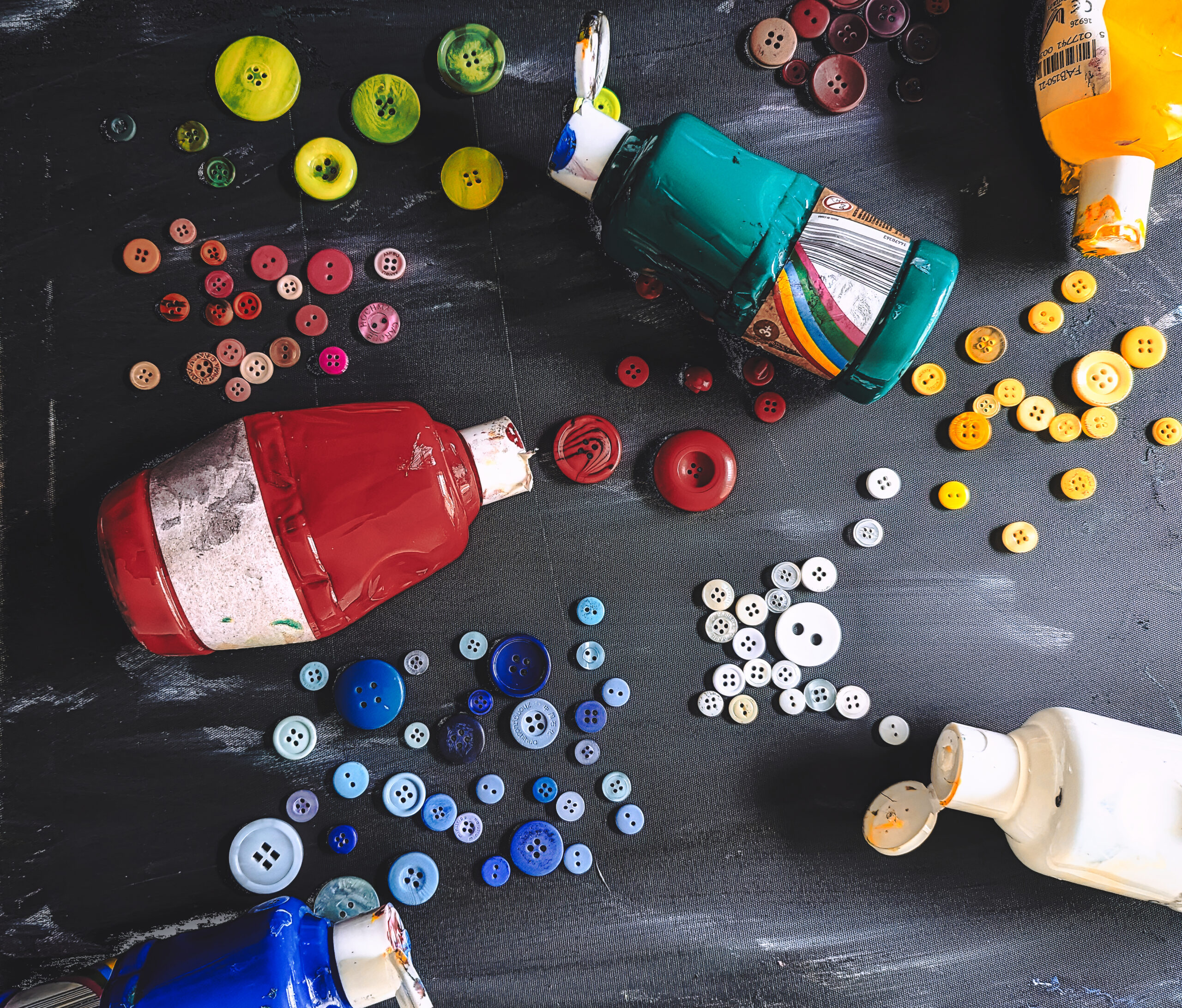
DPG and Dive into the Pink are thrilled to unveil the winners of the sixth Think Pink Photo Competition. Organized by Dive into the Pink and hosted by DPG, the contest asked shooters to submit their best photos featuring the color pink into a two categories—Macro and Wide Angle.
The huge number of stunning entries in the Macro category made the judges’ decisions extremely difficult, but they ultimately settled on Joanna Chen’s creative portrait of a goby with eggs as the first place winner, an achievement that wins her a trip to Crystal Blue Resort in Anilao, Philippines. Kirsty Andrews—a name we became very familiar with—snagged second place with a stunningly creative image of a hunting flamboyant cuttlefish, and also nabbed third place with her fantastic shot of a nudibranch nestled in an egg ribbon—the combination of wins scoring her a fabulous Backscatter Hybrid strobe and video light. In fourth place was—you guessed it!—Kirsty Andrews, whose bokeh’d goby sets her up with an Ultralight Camera Solutions gift certificate worth $175. Byron Conroy’s pygmy seahorse was also admired by our judges, gaining an Honorable Mention.
From an equally spectacular collection of entries in the Wide Angle category, the judges selected Andrea Michelutti’s dynamic reefscape image for first place, awarding him a trip to Lissenung Island Resort in Papua New Guinea. And you’ll never guess who the second place winner was (or maybe you will by now)… Kirsty Andrews grabbed this spot, as well, with her urchin atop a bed of brittlestars, gaining her a Kraken KR-S40 strobe with snoot and warming filter. Patrick Webster’s fabulous sea angel in the sun scored third place, along with an Ultralight Camera Solutions gift certificate for $250. Antonio Hou’s giant cuttlefish pair snagged fourth place—and a Kraken NR-1000 dive light. The judges also loved Jules Casey’s unique perspective of a diver admiring a seahorse, earning her image an Honorable Mention.
Dive into the Pink founder/president and contest organizer Allison Vitsky said, “I started this competition in 2017 after a late-night brainstorming session with my old friend, Mike Bartick, the photo pro at Crystal Blue Resort. I asked him, ‘What if we tried running an imaging contest as a cancer fundraiser?’ He loved the idea and volunteered a big prize from Crystal Blue, and we gave it a shot. I really thought it might be a one-time thing—I never imagined we’d have such enthusiastic support from so many talented shooters! The submissions this year were astonishingly beautiful, and between entry fees and associated donations, we raised over $8000, all of which will go directly to funding cancer research and patient support.
“Congratulations to our winners, and to all of you who supported us by entering the competition or donating this year, thank you so much. We are deeply honored by your support. I’d also like to thank our generous sponsors, Crystal Blue Resort, Lissenung Island Resort, Kraken Sports, Backscatter, and Ultralight Camera Solutions. Finally, my deepest gratitude also goes to our incredible judging panel, Richard Barnden, Tanya Houppermans, and Shane Gross, as well as DPG Managing Editor Ian Bongso-Seldrup. Without your dedication, time and expertise, this year’s Think Pink competition would not have been possible.”

First Place – “Egging Me On” – Joanna Chen (Australia)
Shooting Location: Tulamben, Bali, Indonesia
Equipment and Settings: Sony a7R Mark IV, Sony FE 90mm f/2.8 Macro, Seafrogs housing, Nauticam SMC-1, Backscatter Mini Flash, Weefine Mini Gear (f/22, 0.8s, ISO 64)
Photographer’s Comment: “Anyone who knows me knows pink is my favorite color of all time—so why not incorporate that into photography? I made it a mission in Tulamben to experiment with creative lighting and slow shutter on a variety of little critters. This shot was taken of a common ghost goby (Pleurosicya mossambica), which, as the name suggests, is quite a common sight in Indo-Pacific waters. However, what makes this particular subject stand out is its eggs, laid on a stunning blue tunicate. The vision I had was to ensure the eyes and the eggs of the goby were sharp, while creating a contrasting color palette with the blue of the tunicate against pink lights, and adding background blur with slow shutter. Setting up the shot took a lot of patience, waiting for the tiny 2cm goby to position itself right on top of its clutch of eggs, positioning the snoot and video lights correctly, and panning the camera with slow shutter to create the trailing light effect of the goby’s fin. The final result proves that even the most common subjects—with creative shooting techniques and the right behavior, can turn out rather striking!”

Second Place – “Yummy” – Kirsty Andrews (UK)
Shooting Location: Anilao, Batangas, Philippines
Equipment and Settings: Nikon D500, Nikon AF-S 105mm f/2.8 Macro, Nauticam housing, Backscatter Mini Flash 2 and Optical Snoot (f/18, 1/8s, ISO 250)
Photographer’s Comment: “Flamboyant cuttlefish are like tiny brightly colored jewels on the sandy seabed of the Philippines. They use their eye-catching color and patterns in various ways, but sometimes in a mesmerizing changing display to confuse their prey. I had decided to shoot this individual using a tight snooted light and a slow shutter panning technique to isolate the subject whilst bringing in the blue water color and texture of the sand. As I set up my gear, I was surprised to see the cuttlefish’s yellow and pink colors intensify, and, fortuitously as I pressed the shutter for this shot, it stretched out its feeding tentacle, in search of a passing shrimp, perhaps.”

Third Place – “Egg Eater” – Kirsty Andrews (UK)
Shooting Location: Anilao, Batangas, Philippines
Equipment and Settings: Nikon D500, Nikon AF-S 60mm f/2.8 Macro, Nauticam housing, dual Retra Flash Pro strobes (f/11, 1/250s, ISO 250)
Photographer’s Comment: “The pink in this photograph is made up of the eggs of a Spanish dancer (Hexabranchus sanguineus), forming beautiful coils aptly named ‘ocean roses.’ In prime position within the curls is the much smaller nudibranch Favorinus tsuruganus, which feeds on the eggs of other sea slugs, such as these. This particular egg coil had around a dozen Favorinus feasting, and the challenge was to find an uncluttered composition of eggs and predator, where the pretty coils had not yet been demolished. I find Favorinus to be a stunning animal and shot some close-ups, but I felt the beauty here was in the wider scene with pink eggs filling the frame. I visited the same site a couple of days later and the eggs were mostly gone.”

Fourth Place – “This Is My Scallop” – Kirsty Andrews (UK)
Shooting Location: Loch Carron, Scotland, UK
Equipment and Settings: Nikon D500, Nikon AF-S 105mm f/2.8 Macro, Nauticam housing, dual Retra Flash Pro strobes (f/8, 1/250s, ISO 125)
Photographer’s Comment: “Gobies are highly territorial fish. On this shore dive in northwest Scotland, I watched, fascinated, the interactions between individual painted gobies (Pomatoschistus pictus) on a patch of maerl—a pleasingly pink habitat. Dominant males flashed colorful dorsal fins and opened their mouths wide in a display of power. This particular fish had found an elevated position on top of a scallop shell, to which it kept returning. I was attracted to the symmetry of the radiating lines of the shell and waited to press the shutter until the goby was in the perfect central position for a powerful portrait.”

Honorable Mention – “Hold On” – Byron Conroy (UK)
Shooting Location: Lembeh, Sulawesi, Indonesia
Equipment and Settings: Sony A7R Mark V, Sony FE 90mm f/2.8 Macro, Nauticam housing, Nauticam MFO-1, dual Retra Flash Pro strobes (f/8, 1/4s, ISO 64)
Photographer’s Comment: “Pygmy seahorses like this one live on deeper walls, often in places with currents. The difficulty in shooting them is to show their environment, the blue water and the sense of movement from the current. By using a slower shutter speed, I was able to burn in the blue color of the water and also express the movement of the current and show how these diminutive creatures hold on to their sea fan home for dear life. The Nauticam MFO-1 allows you to get a little bit closer and have a different perspective, giving you the opportunity to show their environment but still make the pygmy a little bigger in the frame than if shot with a macro lens alone.”

First Place – “Pink Harmony” – Andrea Michelutti (Italy)
Shooting Location: Red Sea, Egypt
Equipment and Settings: Sony RX100 Mark VII, Marelux housing, Marelux Aquista 100 wide-angle wet lens, dual Inon Z-330 strobes (f/10, 1/2000s, ISO 500)
Photographer’s Comment: “This coral fan, teeming with hundreds of glassfish (Parapriacanthus ransonneti), was exactly the kind of scene I had been looking for. I wanted to shoot the moment where the pink of the coral blended seamlessly with the pink of the fish, set against the clarity and light typical of the Red Sea. It took several dives, and a fair amount of patience, to find the position where the animals could “converse” with the sunlight. I got as close as I could without disturbing the school of fish, preserving the delicate quiet that defines moments like these. Moving slowly, I took a few shots to capture this pink-on-pink composition, complemented by the blue sky and the splendid Egyptian sun.”

Second Place – “Bed of Stars” – Kirsty Andrews (UK)
Shooting Location: Berwickshire Marine Reserve, Scotland, UK
Equipment and Settings: Nikon D500, Tokina 10–17mm f/3.5–4.5 Fisheye at 10mm, Nauticam housing, dual Retra Flash Pro strobes (f/14, 1/15s, ISO 800)
Photographer’s Comment: “A favorite UK diving location of mine, the Berwickshire Marine Reserve was established in 1984 and is Scotland’s only voluntary marine reserve. It covers five miles of coastline, and marine life thrives here. On the rocky reef at around 50 feet deep, a sea of colorful brittlestars covers all available surfaces, reaching arms out to feed in the current. The wall of color is broken up only by sea urchins, starfish, or occasional predatory wolffish. I chose a particularly colorful area for my shot, with a pretty pink sea urchin also extending its sticky feet outwards to collect food from these rich waters.”

Third Place – “Sea Angel Skylight” – Patrick Webster (USA)
Shooting Location: West Greenland
Equipment and Settings: Sony Alpha 1, Sony FE 28–60mm f/4–5.6, Nauticam WWL-1B, Nauticam housing, dual Backscatter Hybrid Flash strobes (f/14, 1/400s, ISO 100)
Photographer’s Comment: “The ethereal, mesmerizing, dastardly pteropod sea snail Clione limacina is truly the angel of the Arctic’s heavenly choir of pelagic drifters. With winged feet forever flapping to an eternal rhythm, the sea angel hunts for sea butterflies—another planktonic, molluskan cousin some call ‘potato chips of the sea’ for their found-frequency in diets from fishes to the great whales. For Clione is indeed a predator on the prowl: Beneath two clear ‘horns’ used to poke and prod for their prey, six orange cephalic tentacles sit locked and loaded, ready to spring forward like a soft spike trap to ensnare their snaily snacks. I found this particular Clione—aataaliannguaq, or ‘grandfather’ in Greenlandic—swimming lazily through the freezing sea on a gloriously clear day. With no butterflies in sight except for those in my stomach, I finally managed to snag a shot with the angel’s wings open, a difficult task with such a flitting being. As it happened, that frame coincided perfectly with a passing chop of the sea surface that formed a skylight directly above the subject. As with everything sea angels it seems, the devil is in the details.”

Fourth Place – “A Love That Lasts Until the End” – Antonio Hou (Canada)
Shooting Location: Whyalla, South Australia, Australia
Equipment and Settings: Sony a6100, Tokina 10–17mm f/3.5–4.5 Fisheye, Seafrogs housing, Sea&Sea YS-D3 Duo strobes (f/14, 1/160s, ISO 250)
Photographer’s Comment: “Every year, thousands of Australian giant cuttlefish gather in Whyalla to mate. The shallow waters become a battlefield of flashing colors and fierce fights between males. Yet, in between, there are also peaceful, loving moments, like this one at Stony Point, when a male and female swam quietly side by side in the clear water. Many of these cuttlefish die soon after mating, making it all the more poignant—a beautiful reminder of what it means to stay with a loved one until the very end.”

Honorable Mention – “Baby Seahorse” – Jules Casey (Australia)
Shooting Location: Blairgowrie, Mornington Peninsula, Victoria, Australia
Equipment and Settings: Olympus Tough TG4, Olympus housing, Sea&Sea strobe (f/5, 1/125s, ISO 200)
Photographer’s Comment: “A tiny juvenile seahorse floats on a piece of seagrass at Blairgowrie Pier in Port Phillip Bay. October to February is peak season for the arrival of these shorthead seahorse babies. Hundreds of these fry can be seen floating near the surface for the first few weeks of their lives. I captured a photo of this one in front of my buddy to give the viewer an idea of how small and delicate they are. This juvenile is possibly just one or two weeks old.”
